Feeling Confused About Nutrition? You're Not Alone
Let’s face it—nutrition can feel confusing. One minute carbs are the enemy, the next minute they’re your best friend. Fats? Sometimes they’re the devil, and sometimes they’re the holy grail of brain health. Protein? You’re told to eat more of it, but how much is too much?
If you’ve ever felt overwhelmed by conflicting food advice, you’re not alone. The truth is, eating well doesn’t have to be complicated. Once you understand the fundamentals of a balanced diet, you’ll feel more confident making food choices that truly nourish your body and mind.
So let’s decode what a balanced diet really looks like—no gimmicks, no crash diets, just real, sustainable nourishment.
What Is a Balanced Diet?
A balanced diet provides your body with all the essential nutrients—carbohydrates, proteins, fats, vitamins, minerals, and water—in the right proportions. The goal? To support energy, growth, immunity, and overall health.
Think of your body like a high-performance machine. Every component—your brain, muscles, bones, and even your skin—relies on nutrients to function smoothly. If you give your body too much of one thing and not enough of another, it throws the system off-balance.

The 5 Key Components of a Balanced Diet
1. Carbohydrates (45–65% of daily intake)
Your body’s primary energy source. Carbs fuel your brain and muscles.
- Best sources: Whole grains (brown rice, oats, quinoa), fruits, vegetables, legumes.
- Avoid: Refined carbs like white bread, pastries, soda.
2. Proteins (10–35%)
Protein is essential for muscle repair, immune function, and hormone production.
- Best sources: Eggs, chicken, fish, lentils, beans, tofu, Greek yogurt.
- Fun tip: Combine plant proteins (like rice + beans) for complete amino acids.
3. Fats (20–35%)
Fats support brain health, vitamin absorption, and cell structure.
- Best sources: Avocados, nuts, seeds, olive oil, fatty fish.
- Limit: Trans fats and excess saturated fats from fried or processed foods.
4. Vitamins & Minerals
These are the micronutrients that regulate everything from immunity to metabolism.
- Eat the rainbow: Leafy greens (iron, calcium), citrus fruits (vitamin C), carrots (vitamin A), bananas (potassium).
- Pro tip: Seasonal and local produce is often richer in nutrients.
5. Water
Hydration is non-negotiable. Water helps with digestion, temperature regulation, and detoxification.
- Aim for 2–3 liters per day, more if you’re active or in hot climates.
Why Balance Matters?
A lopsided diet—say, one that’s too high in protein but too low in fiber—can create hidden issues: fatigue, brain fog, digestive trouble, or even hormonal imbalance. Each nutrient plays a unique role, and your body thrives when all are present in the right amounts.
Balance doesn’t mean perfection. It means consistency. You can absolutely enjoy your favorite pizza or dessert—just anchor your diet with whole, nutrient-rich foods most of the time.
How to Build a Balanced Plate (The Easy Way)
Try following the Harvard Healthy Eating Plate as a visual guide:
- ½ plate veggies and fruits – Go colorful!
- ¼ plate whole grains – Brown rice, quinoa, millet, oats.
- ¼ plate healthy proteins – Fish, legumes, tofu, eggs, chicken.
- Add healthy fats – A few nuts, a drizzle of olive oil, or a slice of avocado.
- Drink water – Skip sugary drinks.
Practical Tips to Keep It Balanced
- Meal Prep Smart – Batch-cook grains and proteins to mix and match during the week.
- Snack Wisely – Think yogurt + fruit, nuts + dark chocolate, or hummus + carrots.
- Mind the Portions – Even healthy foods can lead to weight gain if you regularly overeat.
- Stay Curious – Explore new grains, leafy greens, or plant-based dishes each week.
- Listen to Your Body – Fullness, bloating, energy levels—all are feedback from your system.

Common Myths You Should Ditch
Myth 1: “Carbs are bad.”
Truth: Whole carbs like oats, brown rice, and fruits are great sources of fiber and energy.
Myth 2: “Fat makes you fat.”
Truth: Healthy fats keep you full longer and support brain and hormone health.
Myth 3: “Only salads are healthy.”
Truth: Your body needs a mix of carbs, protein, and fat to function well—salads aren’t enough on their own.
Your Diet Should Evolve
Your dietary needs change with age, activity level, health conditions, and lifestyle. For example:
- Teens and young adults need more calcium and protein.
- Women during pregnancy need more iron and folate.
- Older adults need more vitamin D and B12.
- Athletes may need more carbs and hydration.
This is why personalization is key—there’s no one-size-fits-all.
Balance Over Perfection
Let’s be real—life is busy. You won’t always eat perfectly, and that’s okay. The goal isn’t a rigid diet but a sustainable, enjoyable way of eating that helps you feel energized, focused, and strong.
So next time you're wondering "Is this healthy?", ask instead:
"Am I giving my body what it needs today—nutrients, hydration, and joy?"
Because the best diet is the one that fuels your life, not controls it.


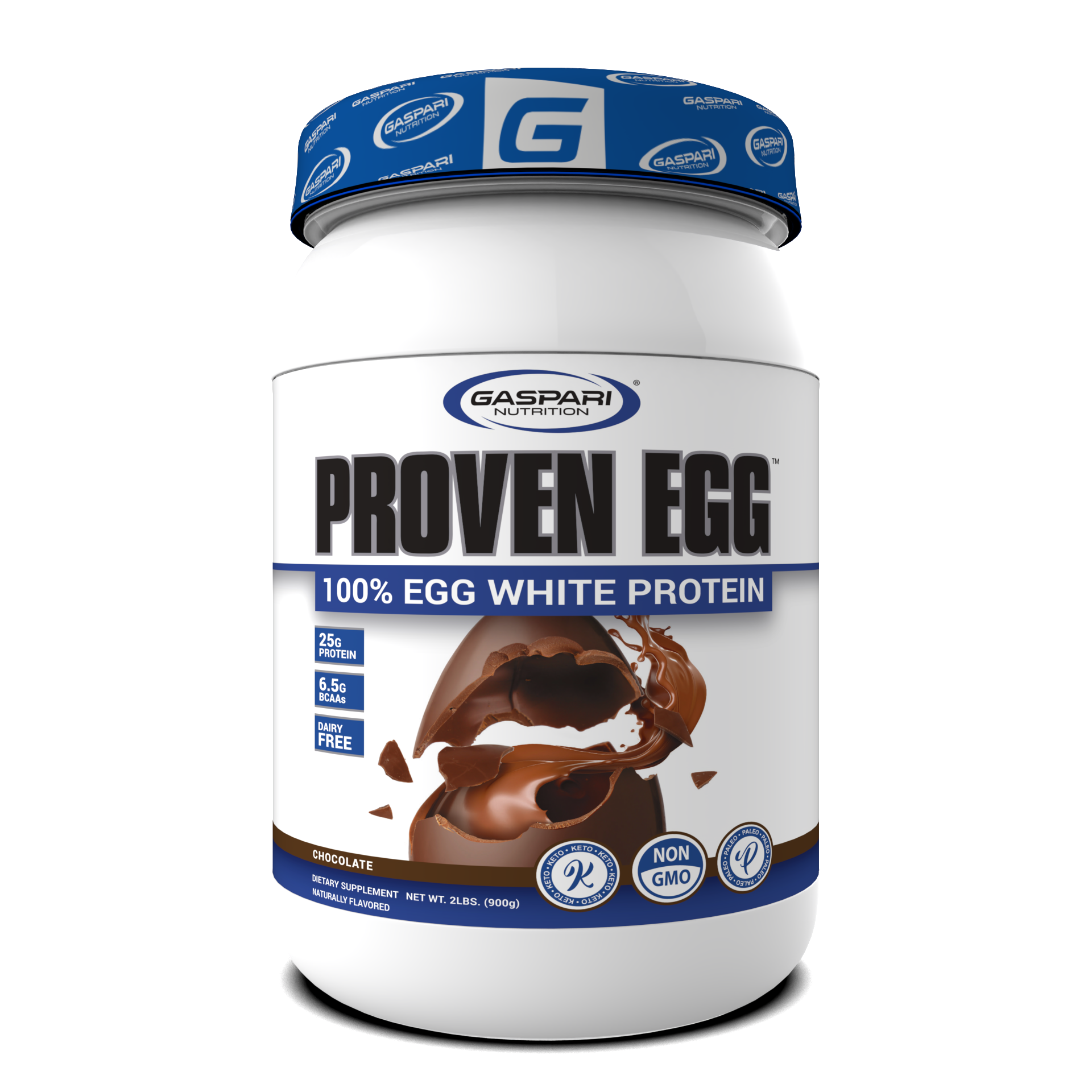


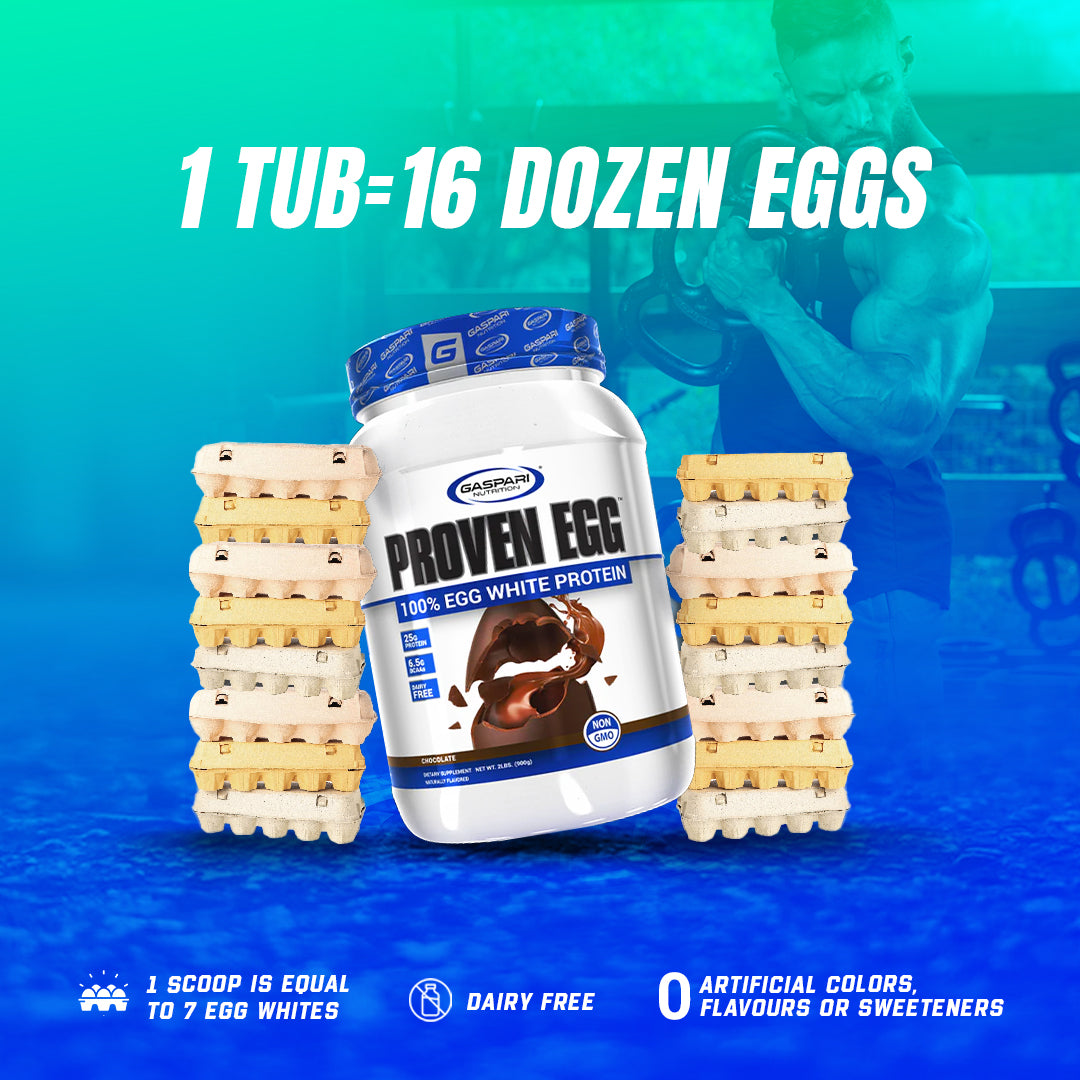
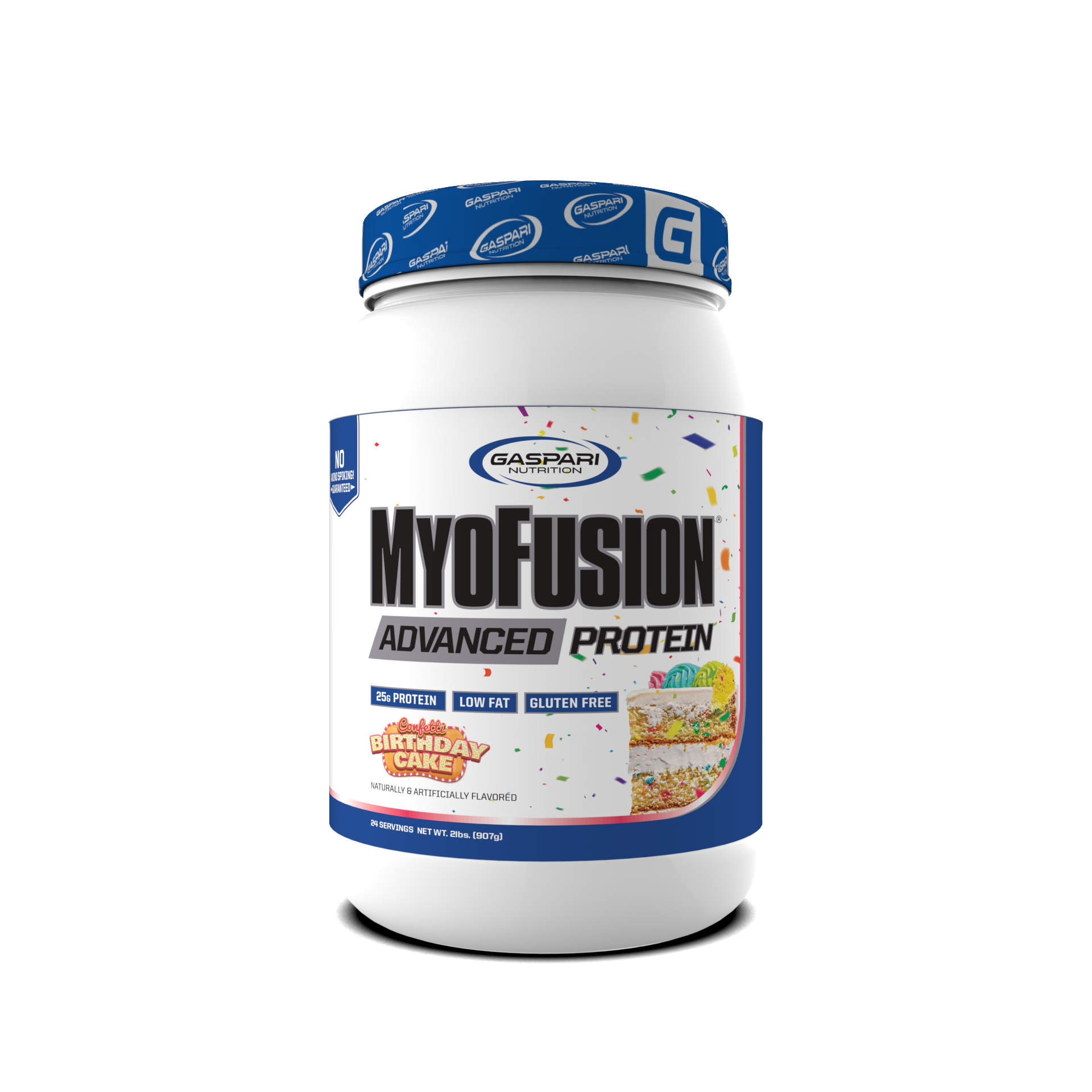
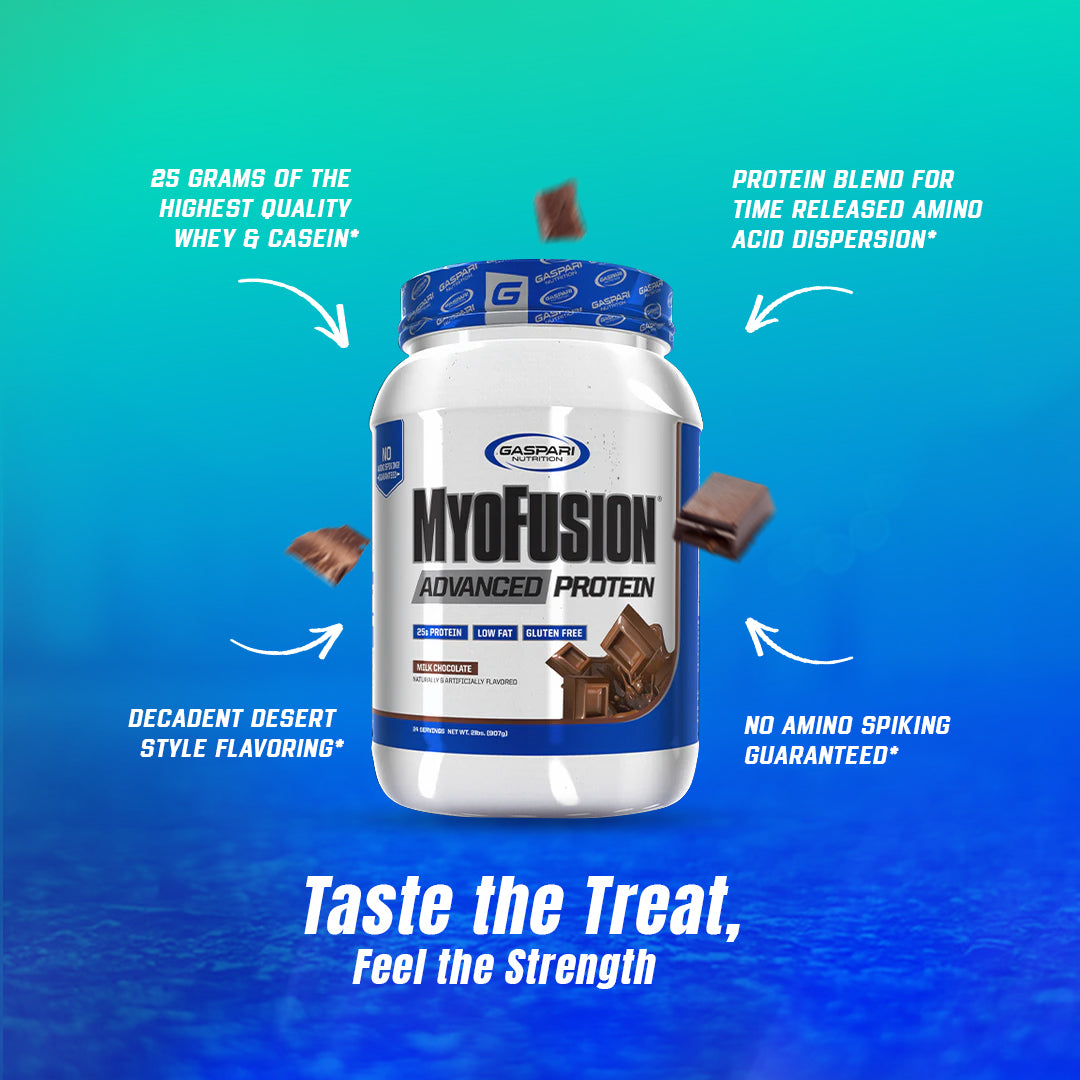

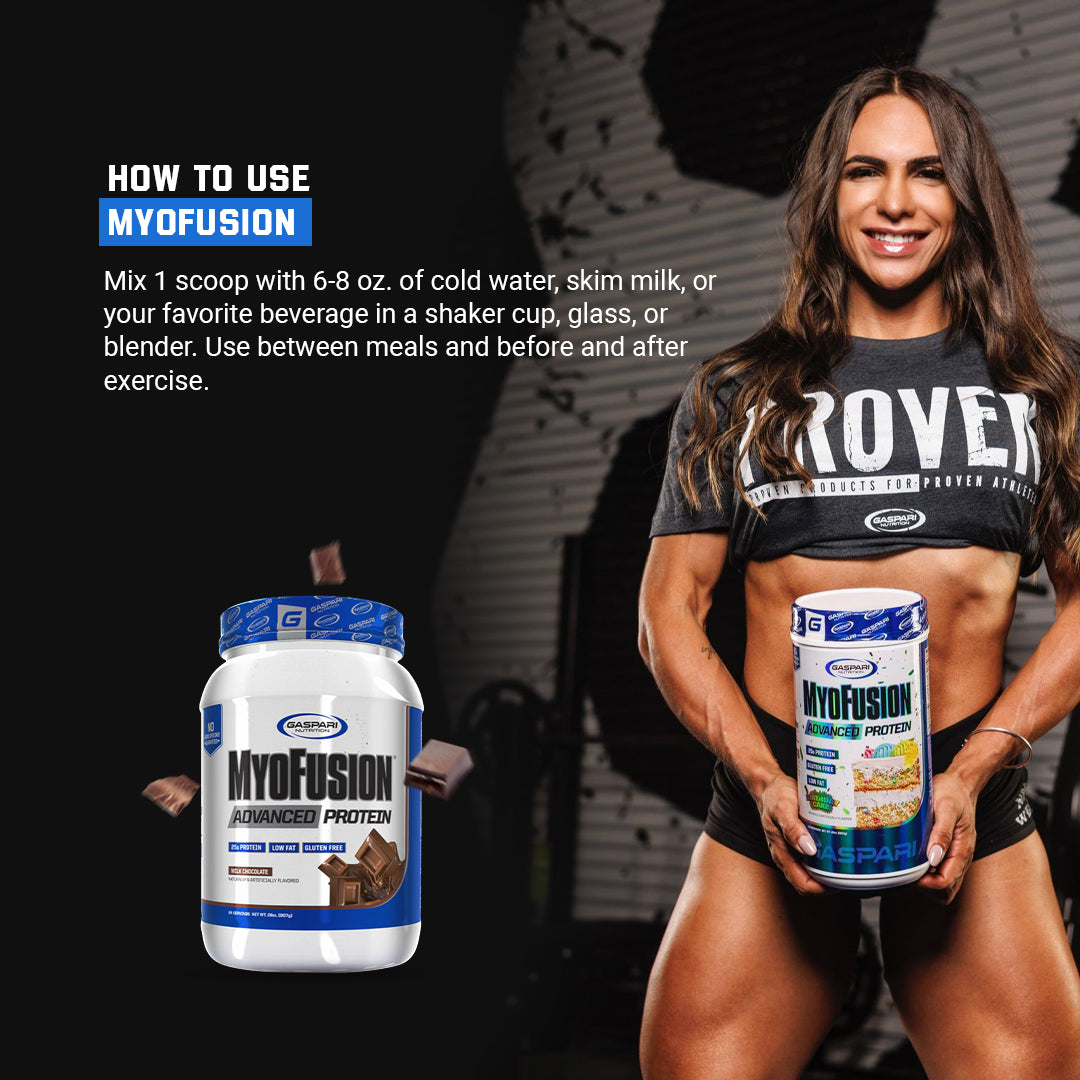

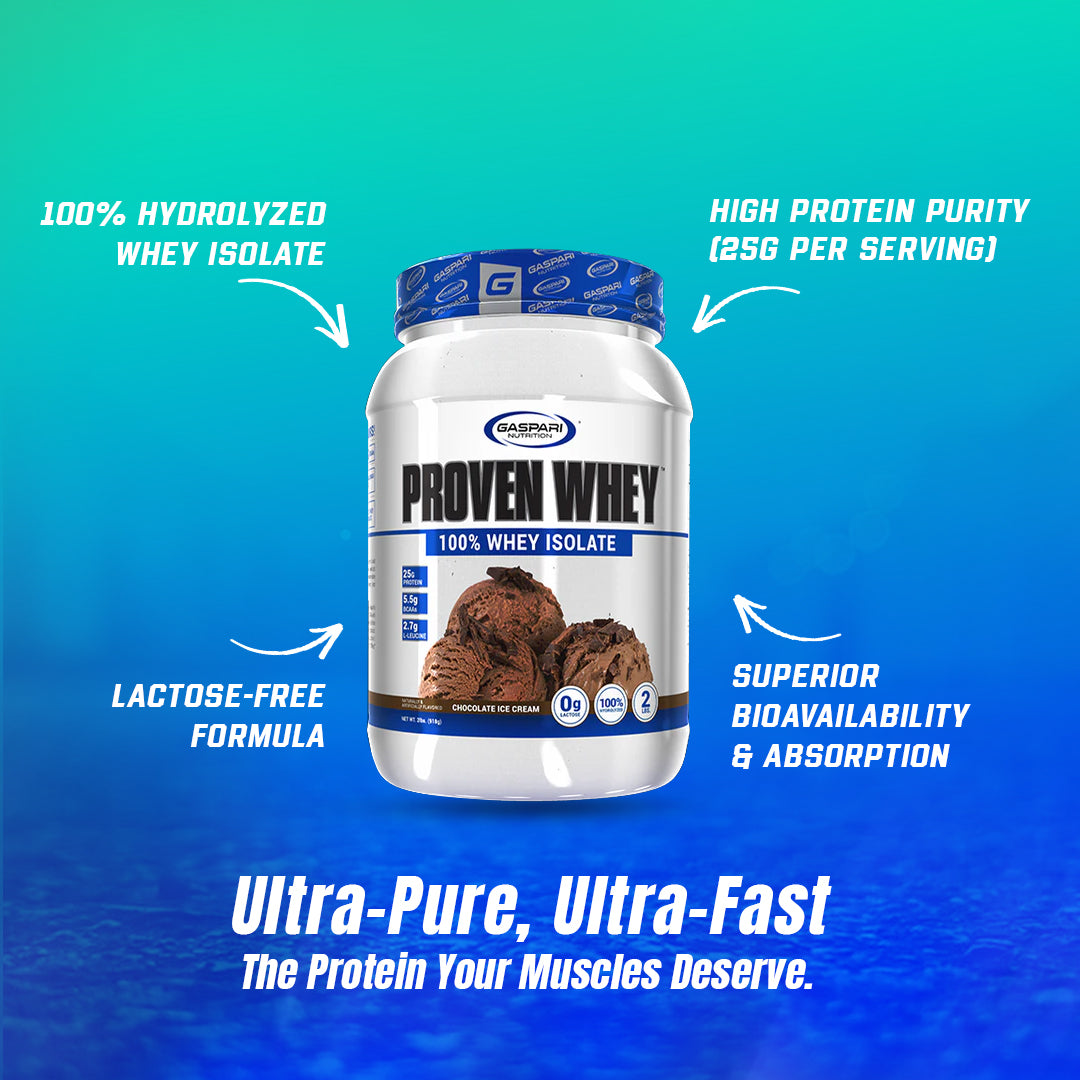


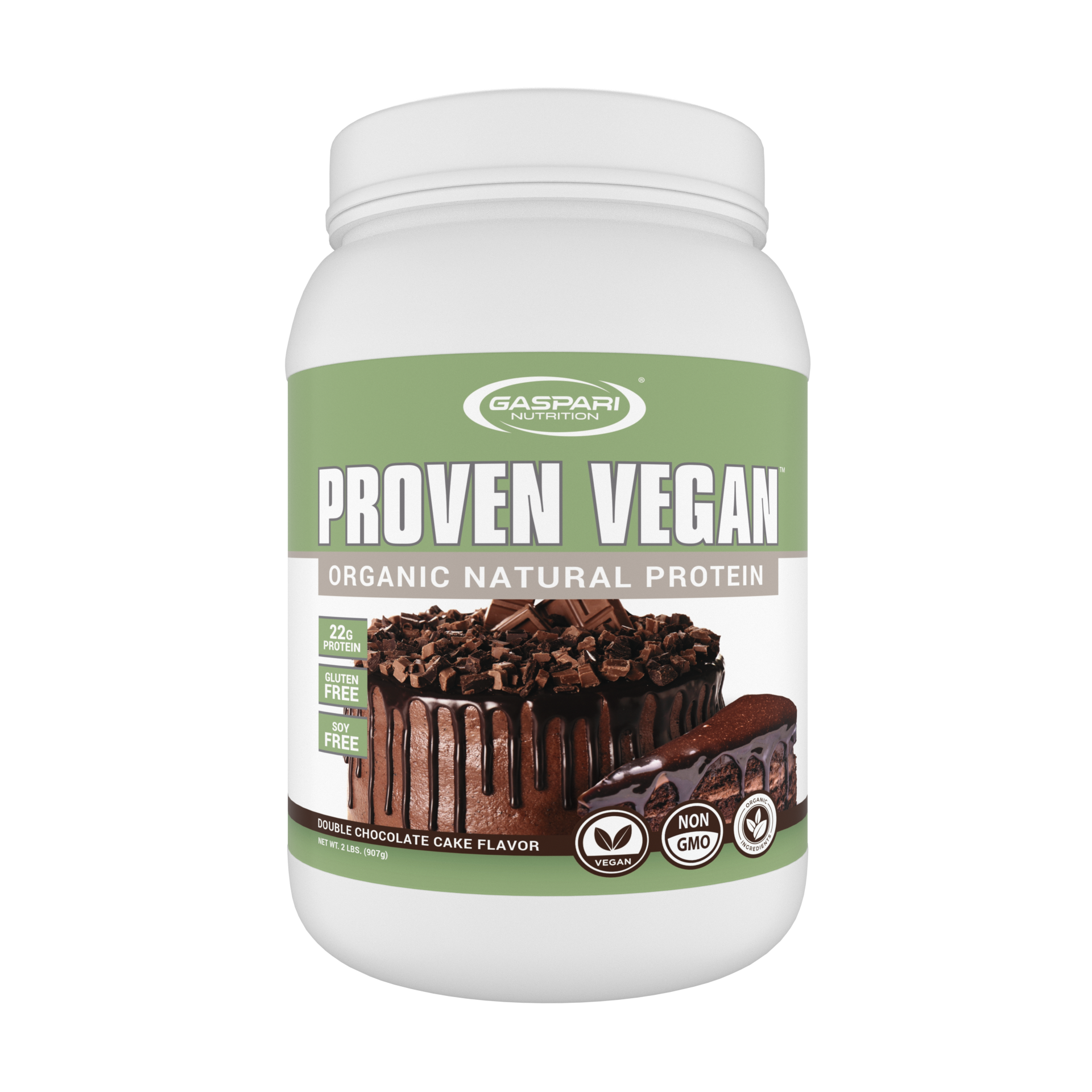



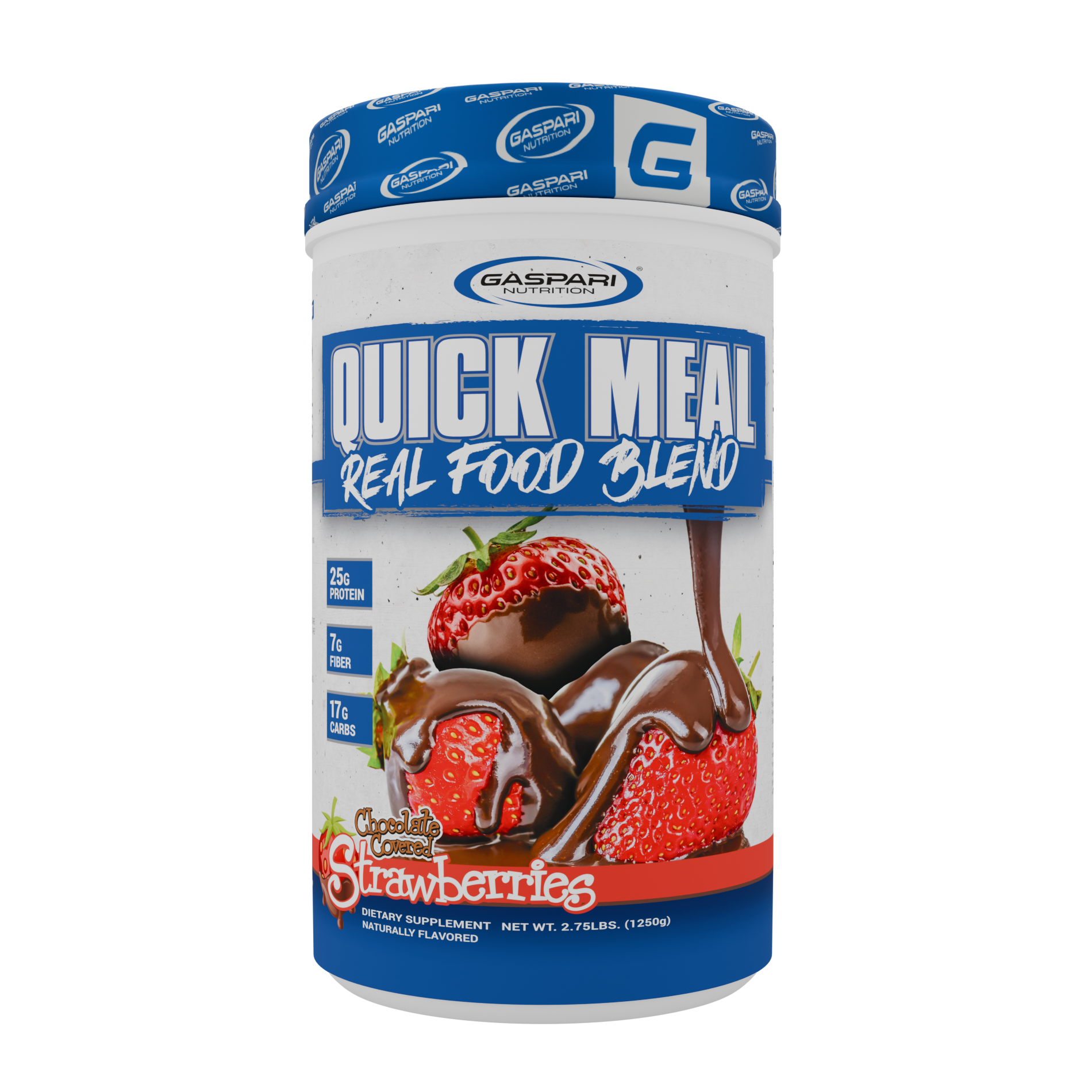



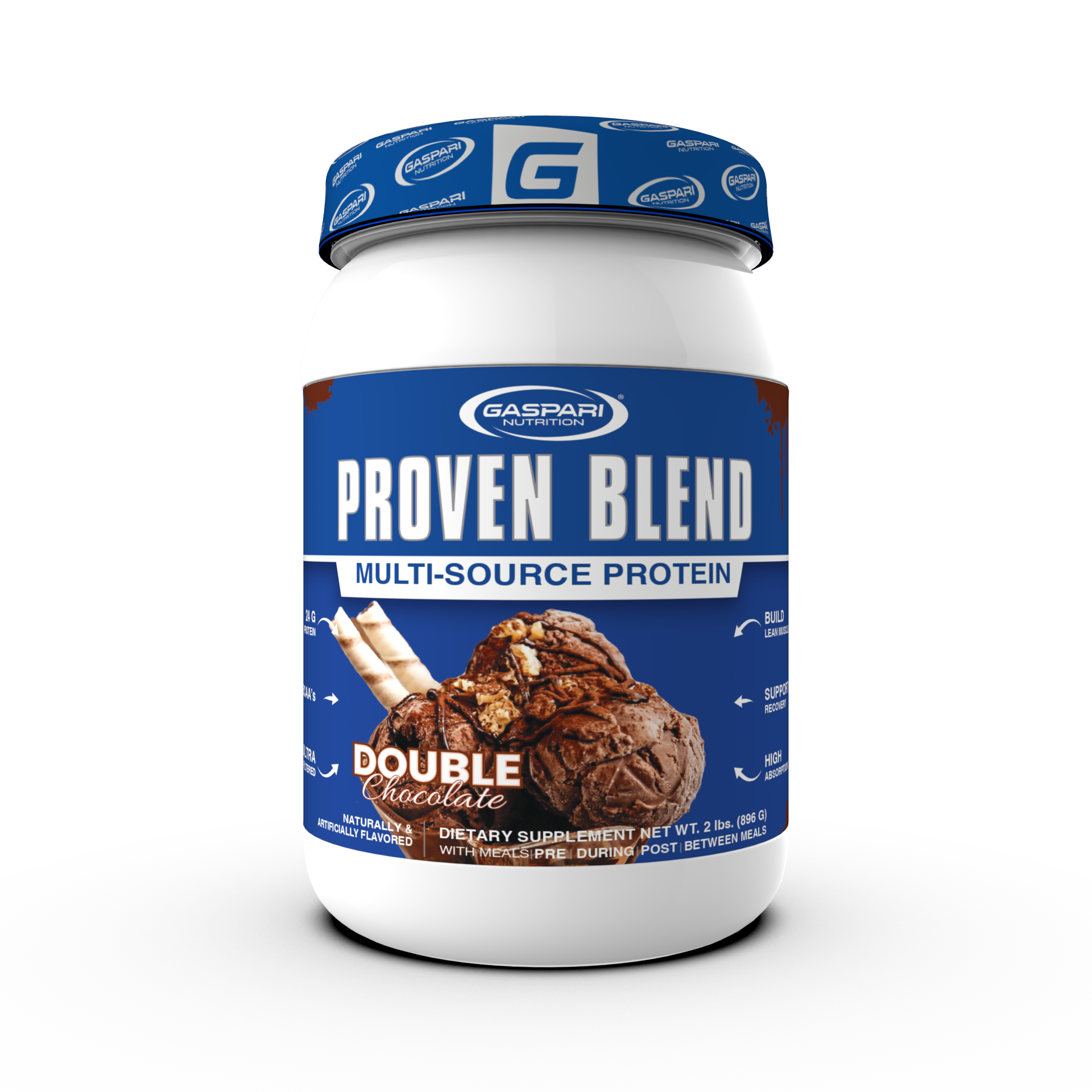

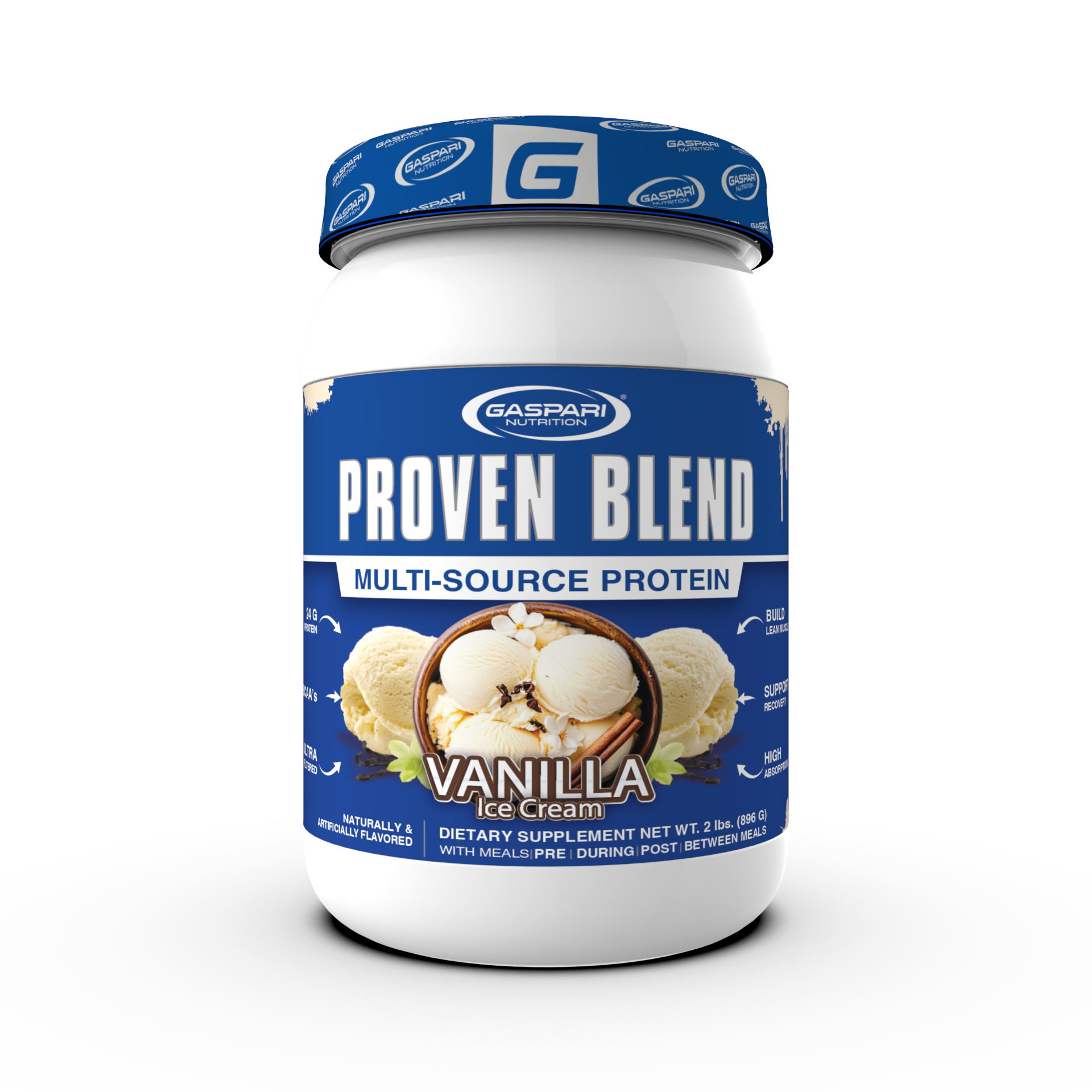

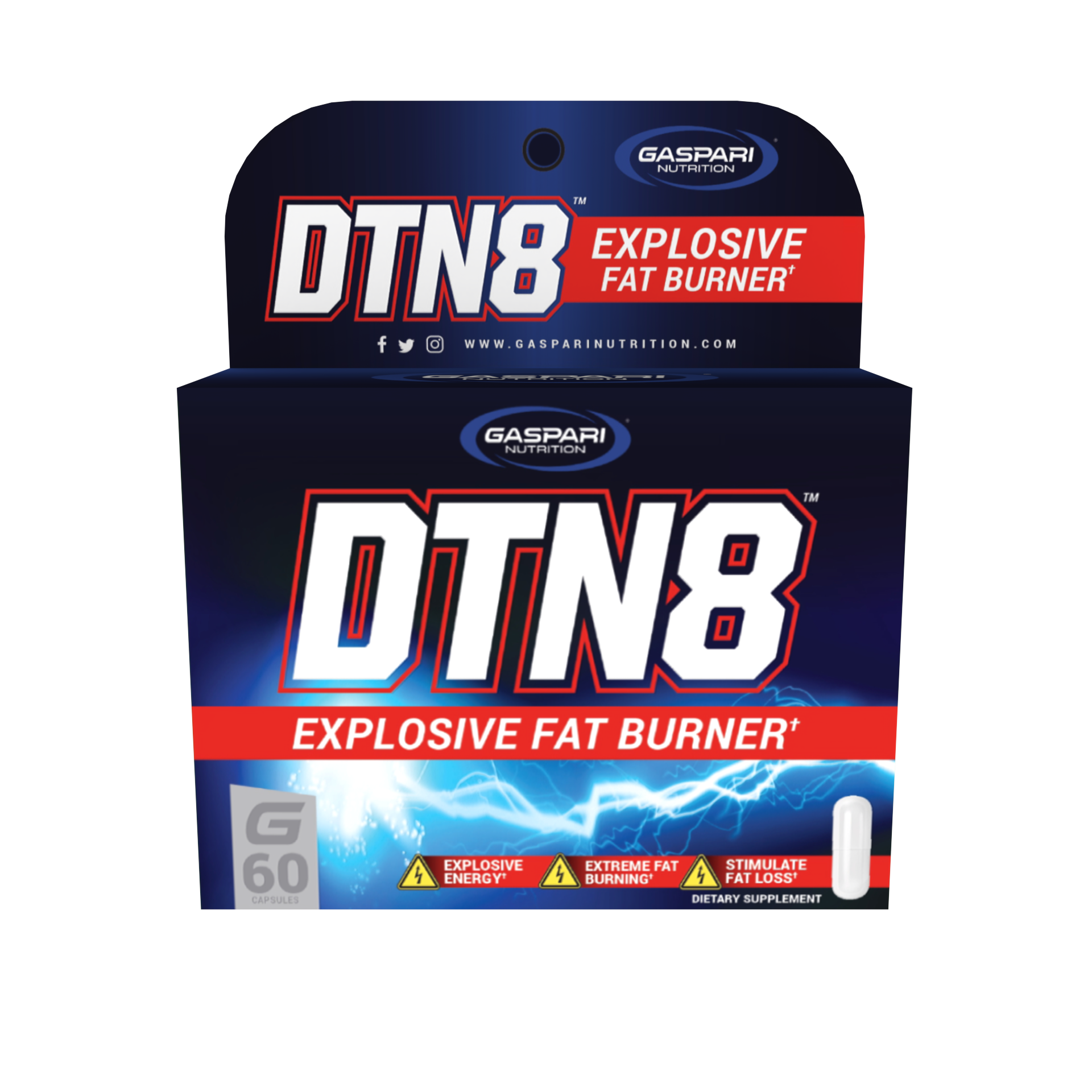
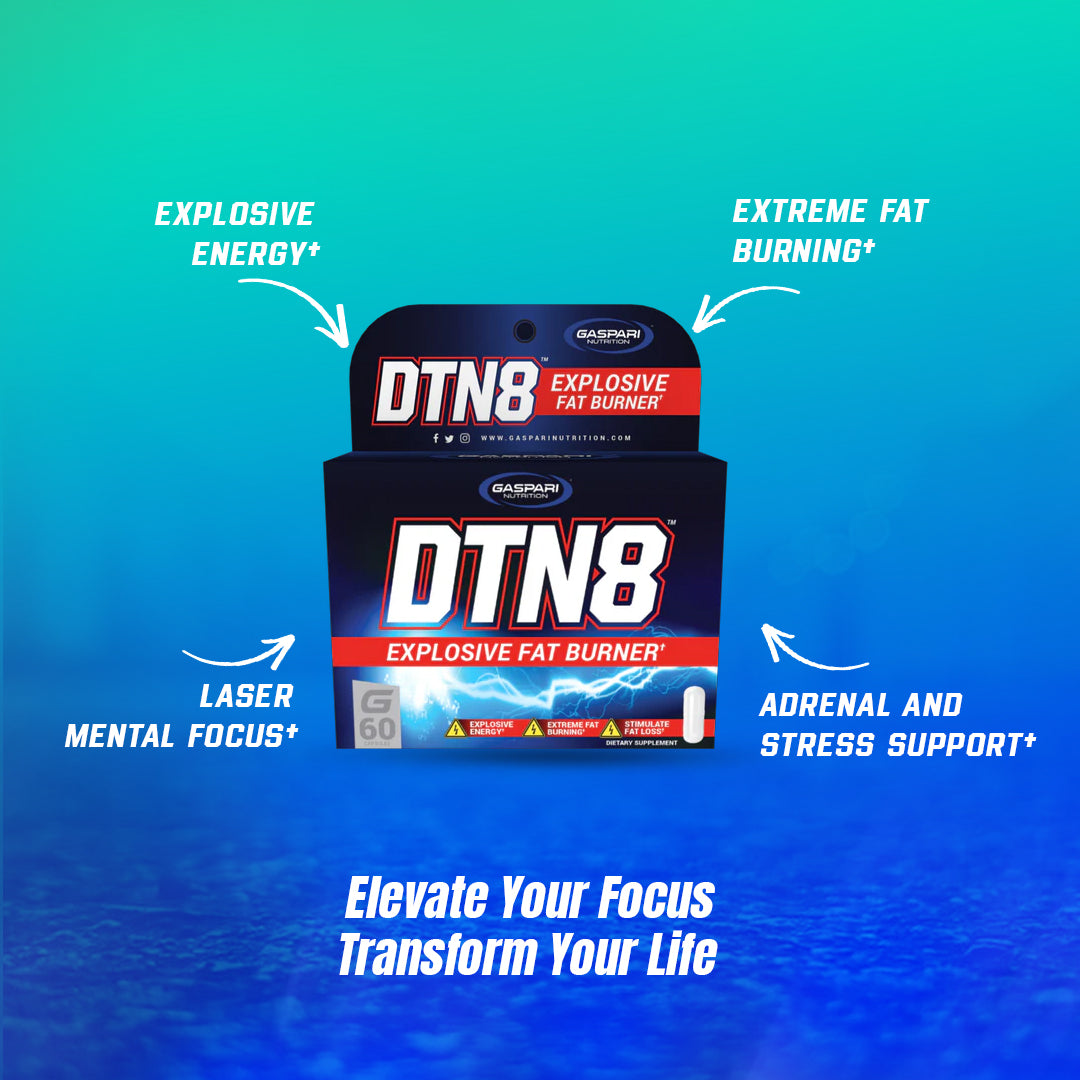
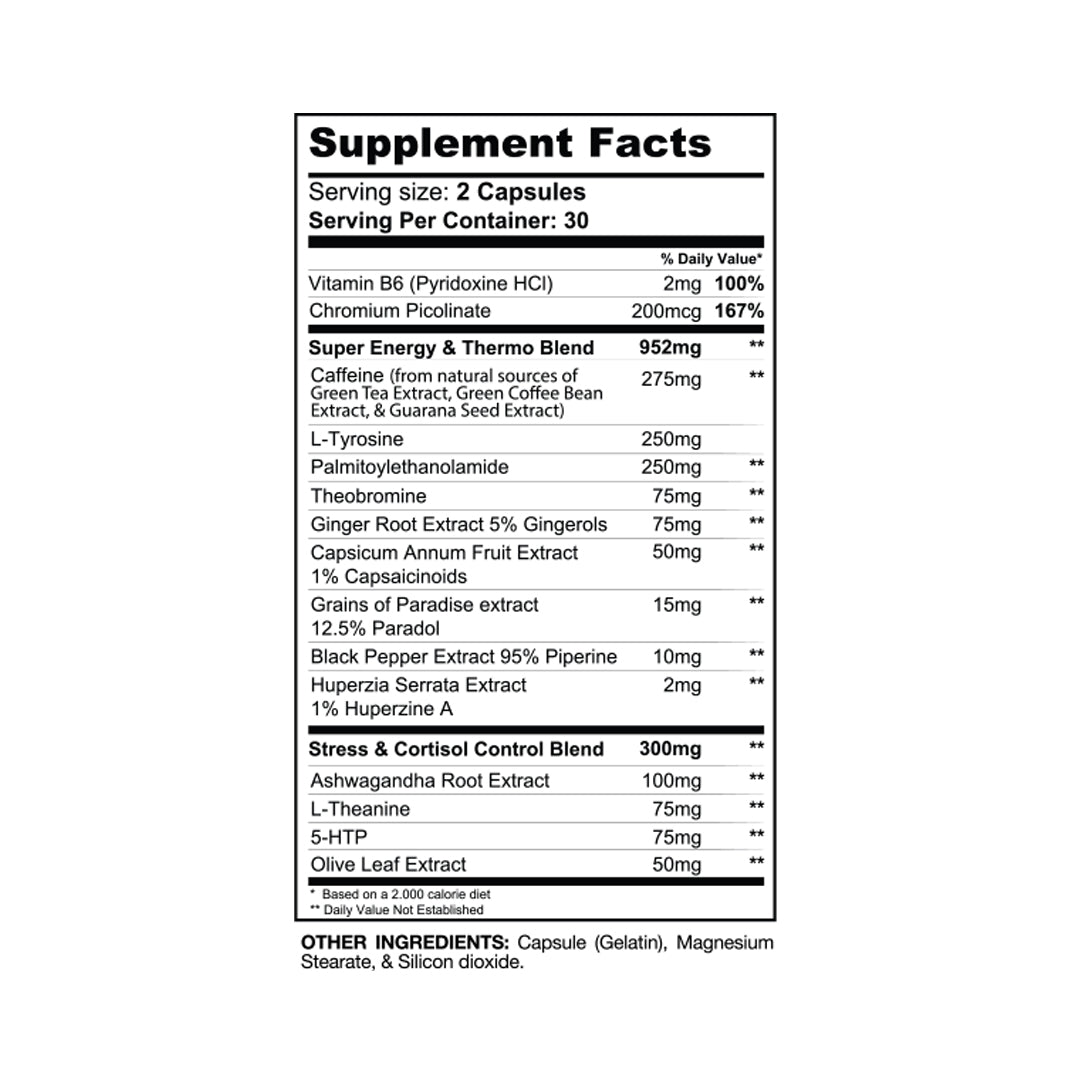
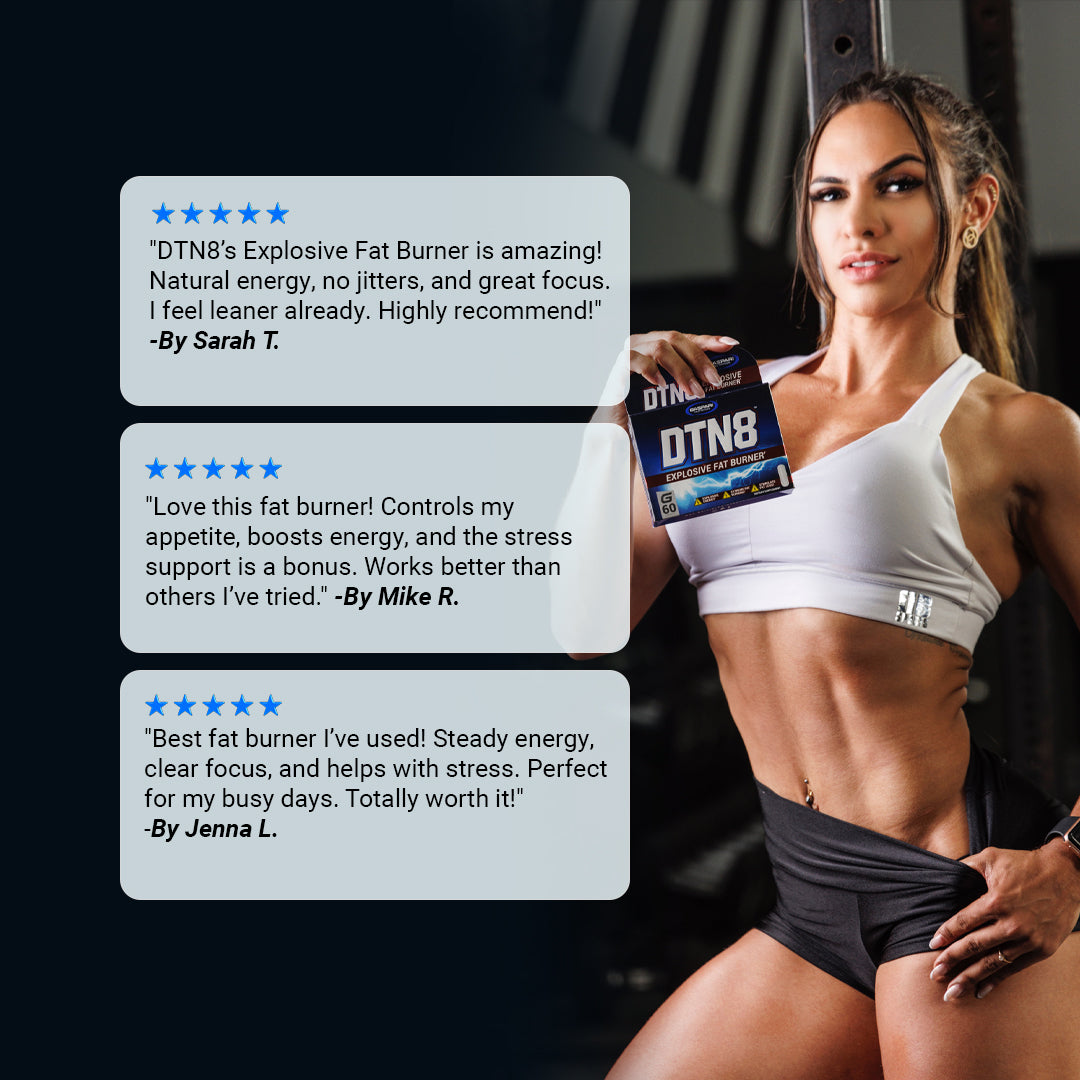
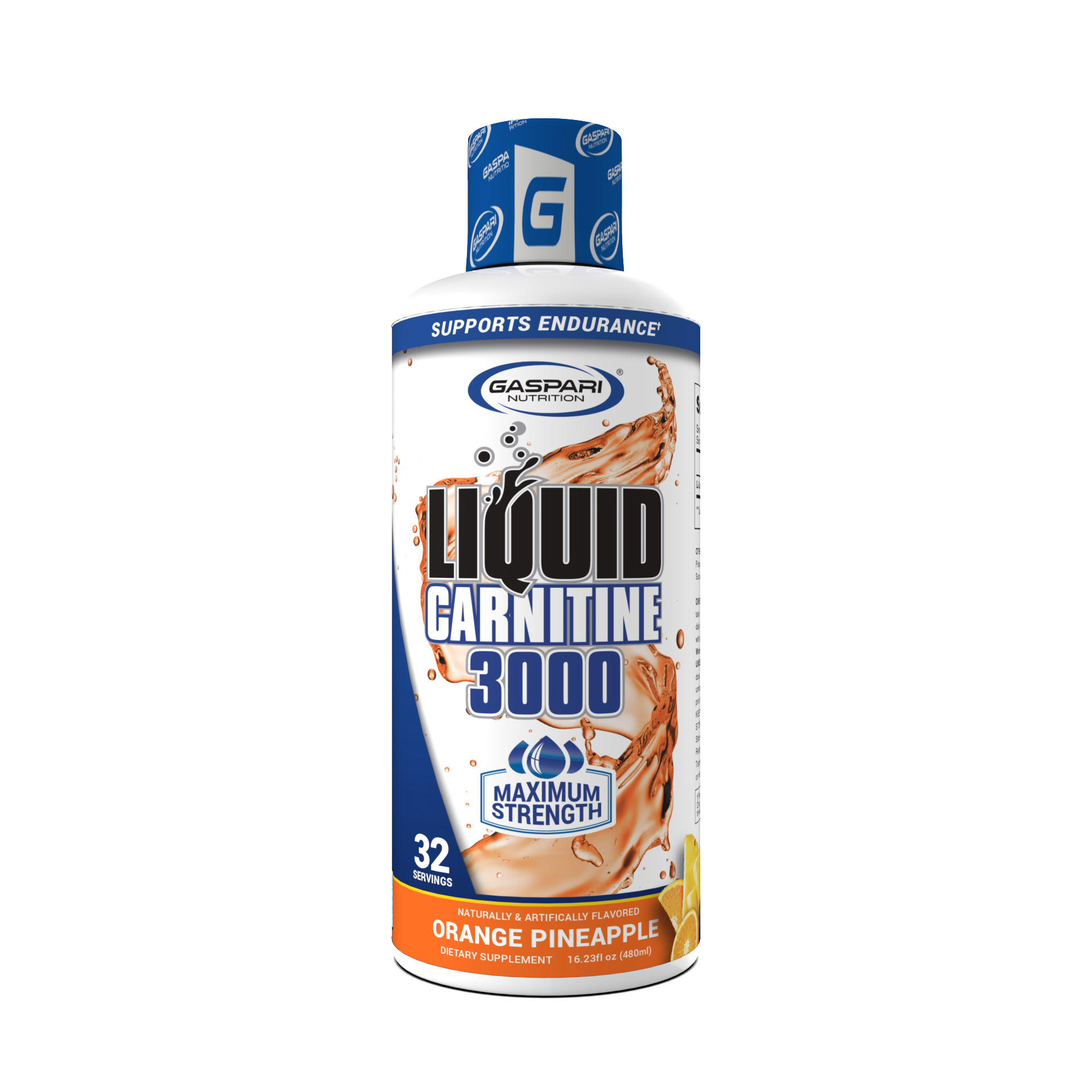

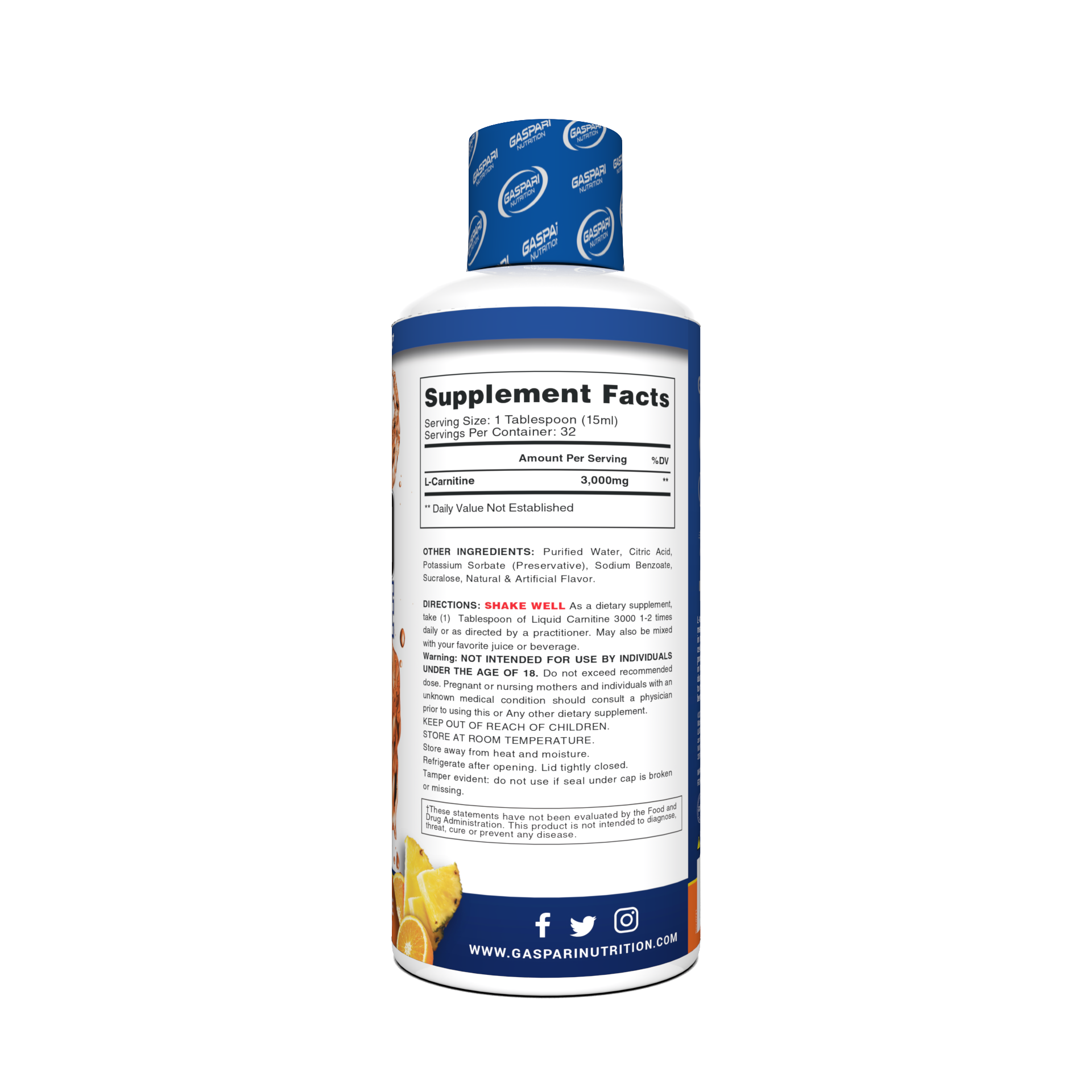
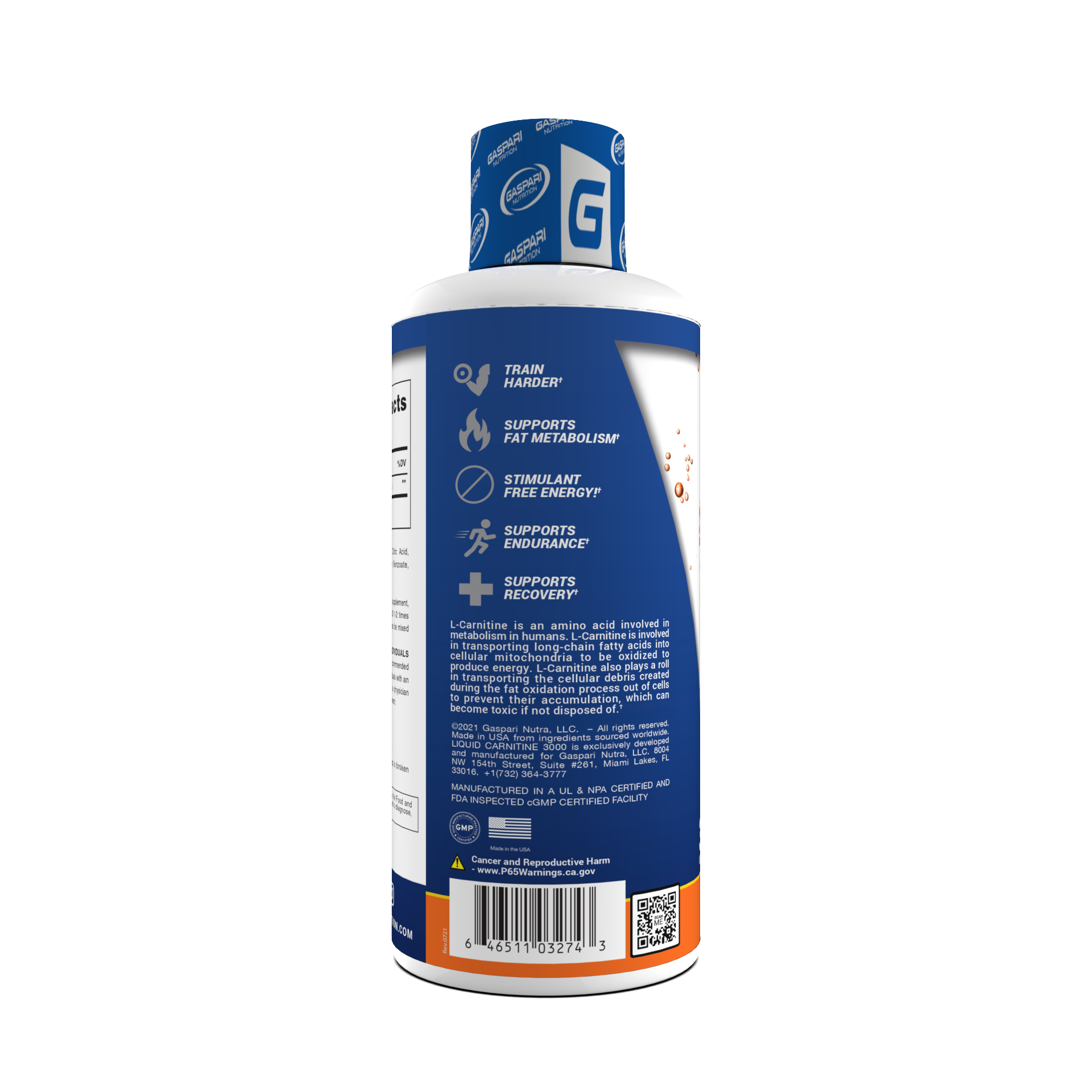
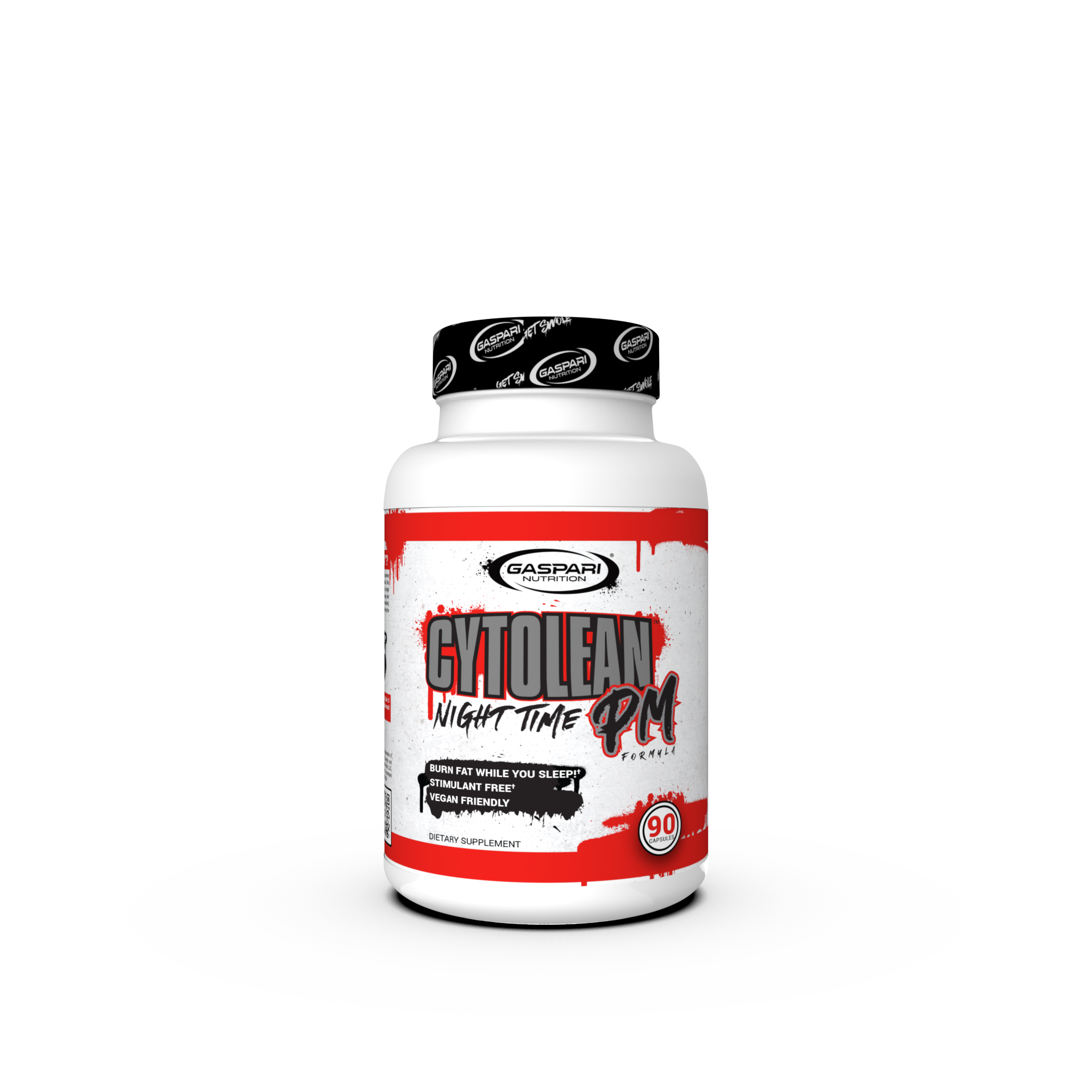
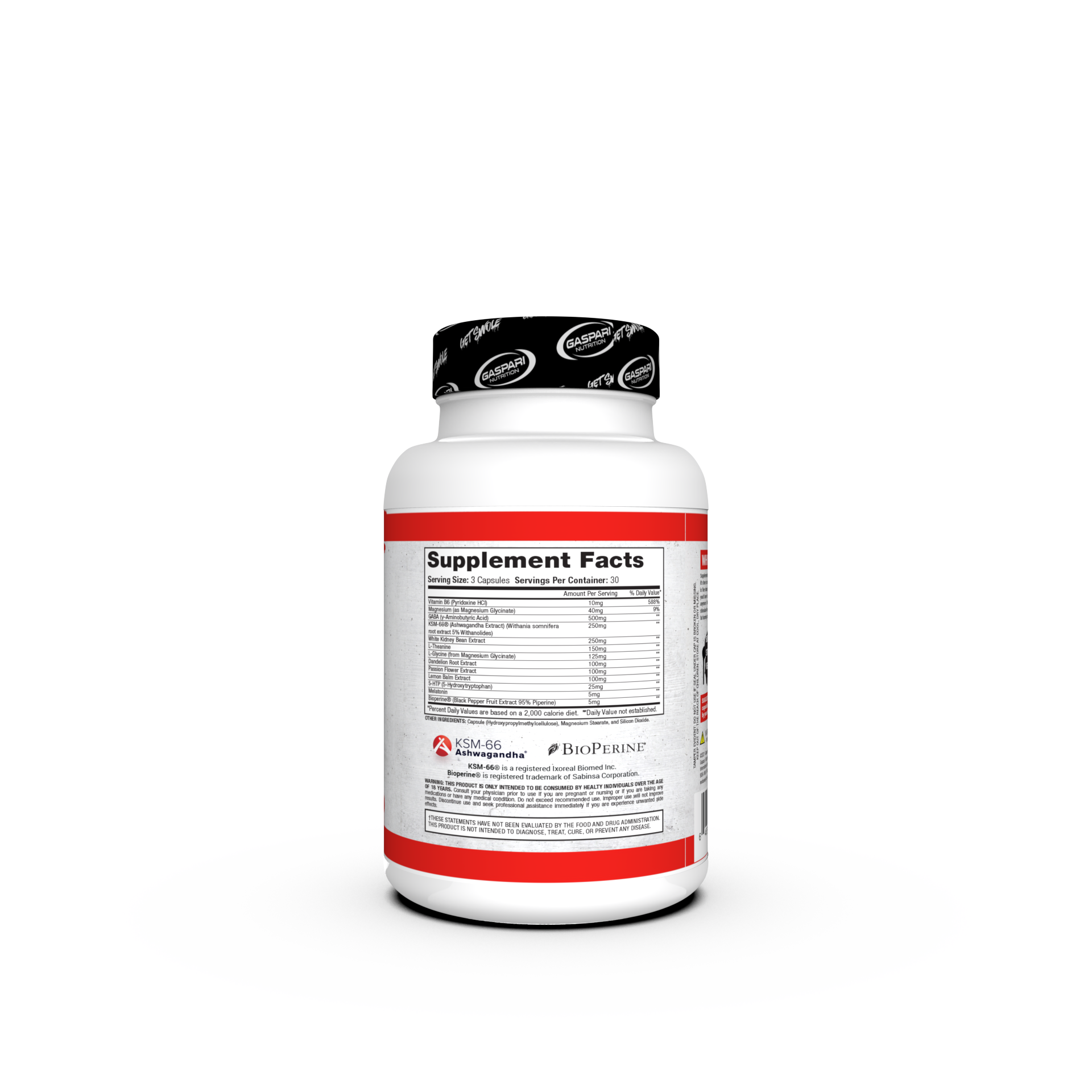


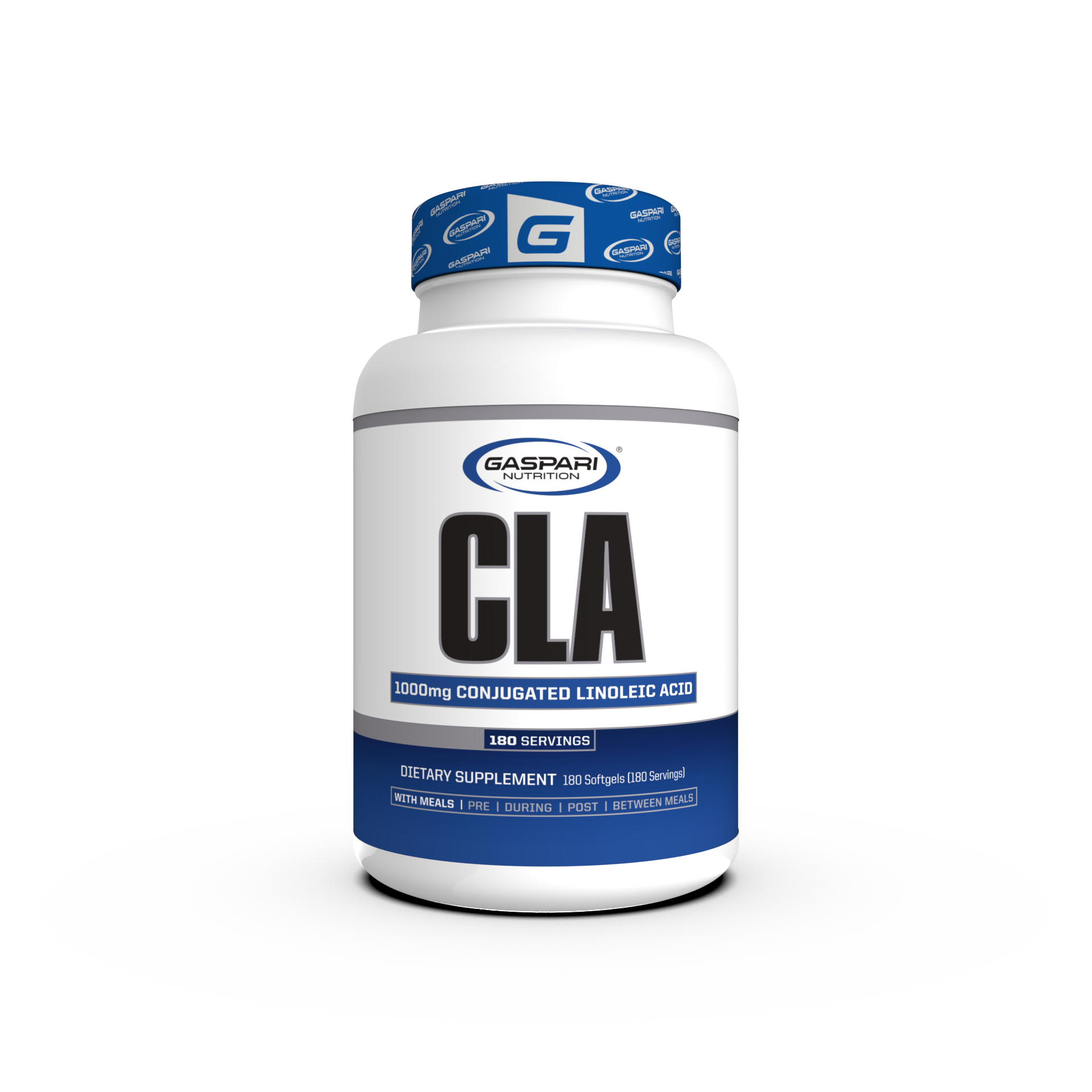
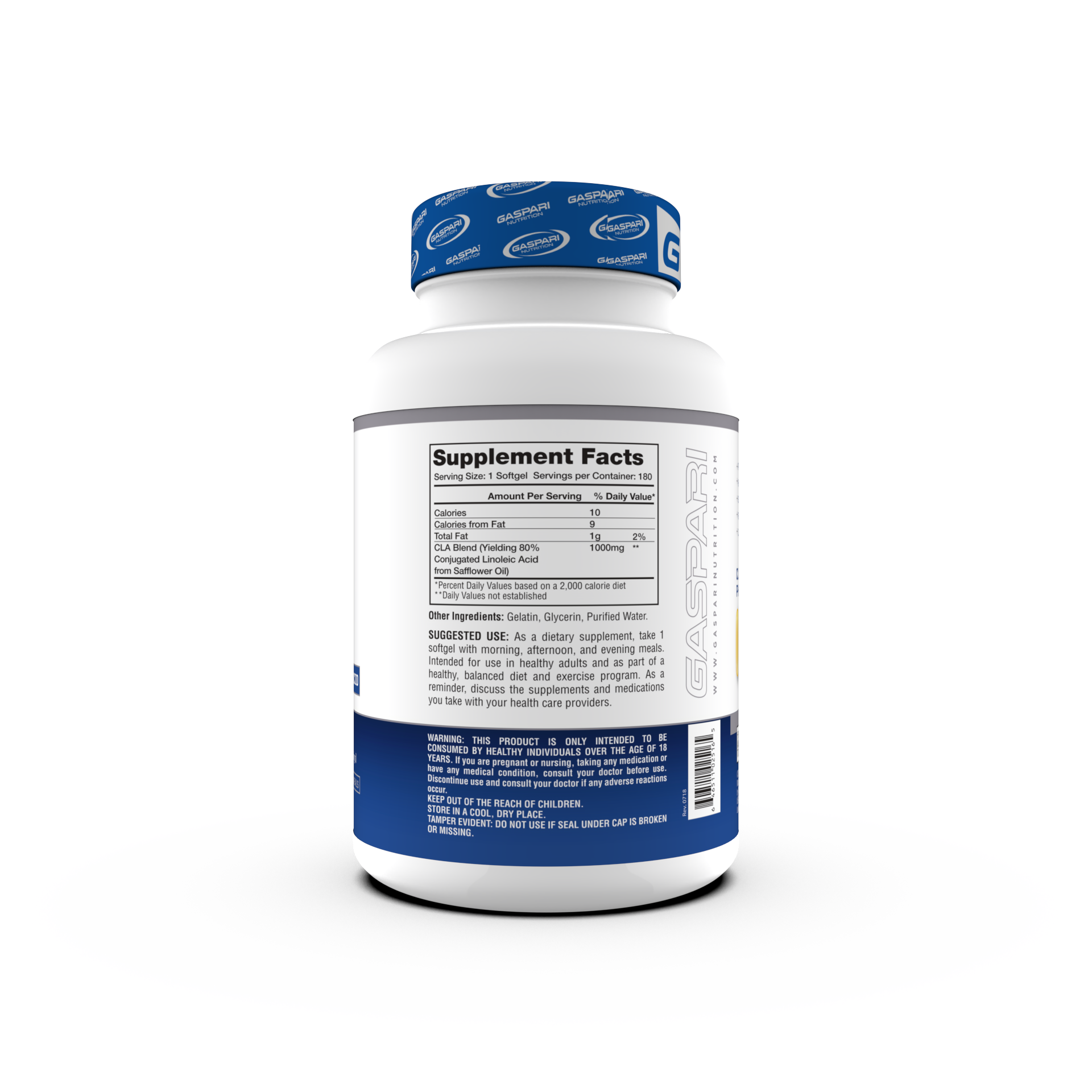


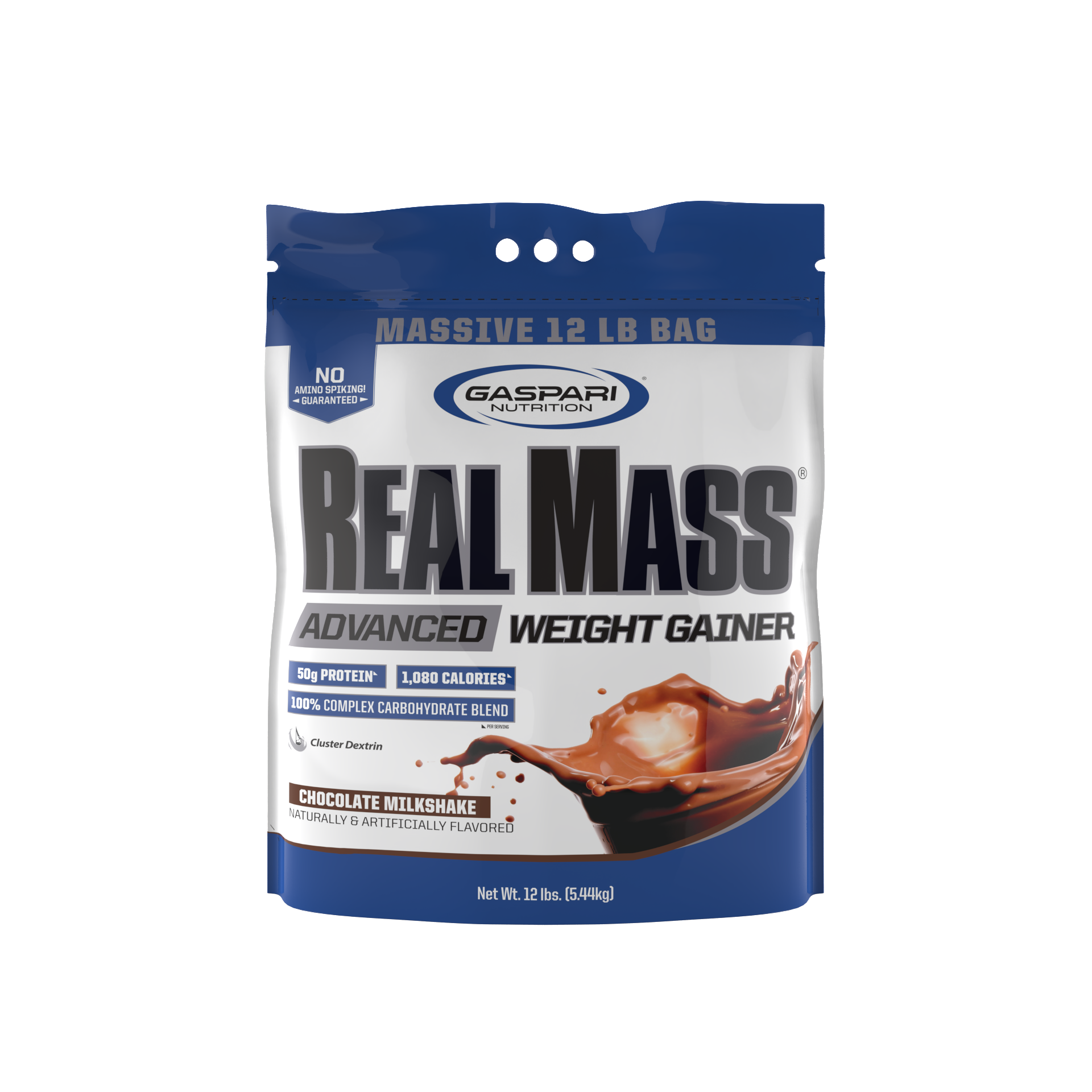





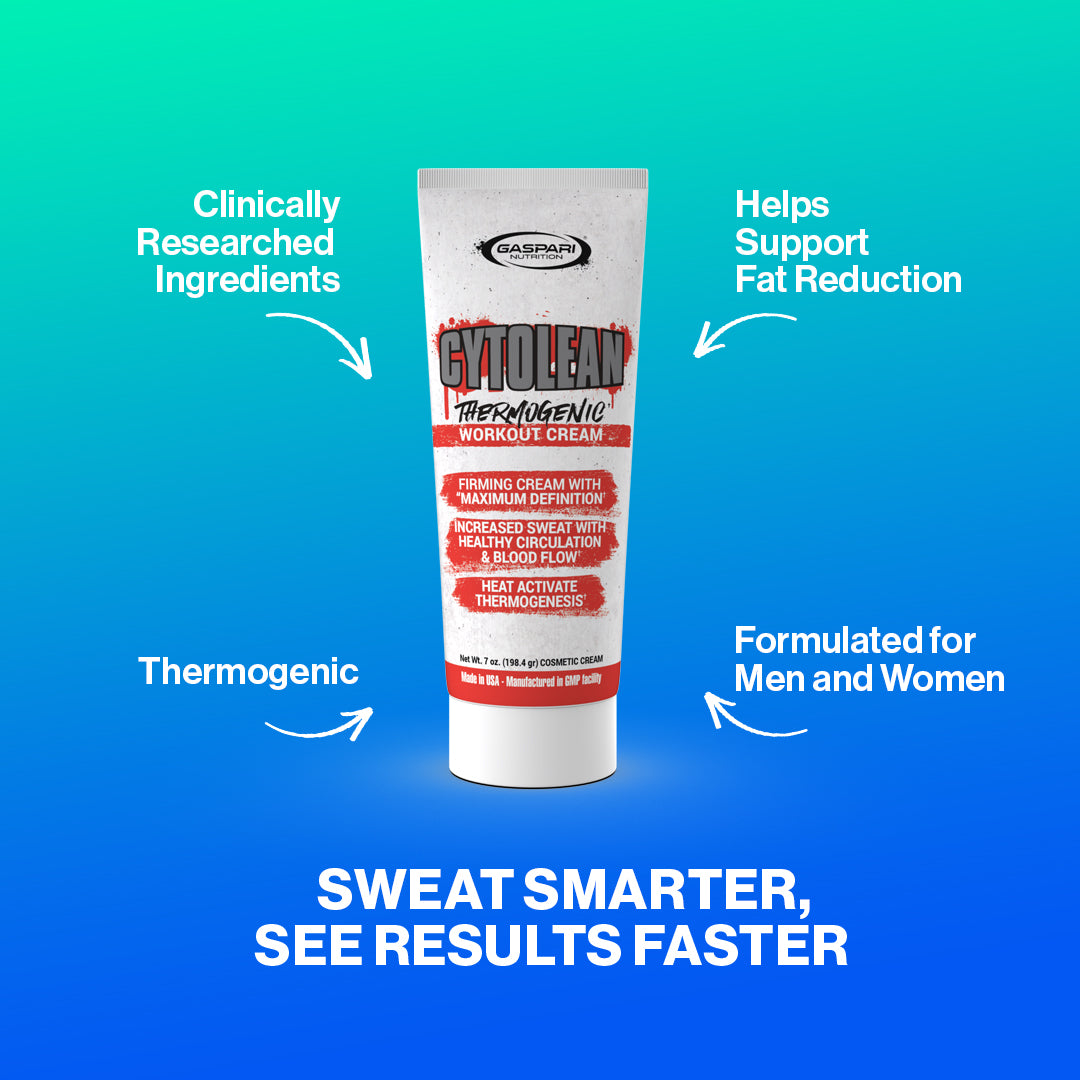
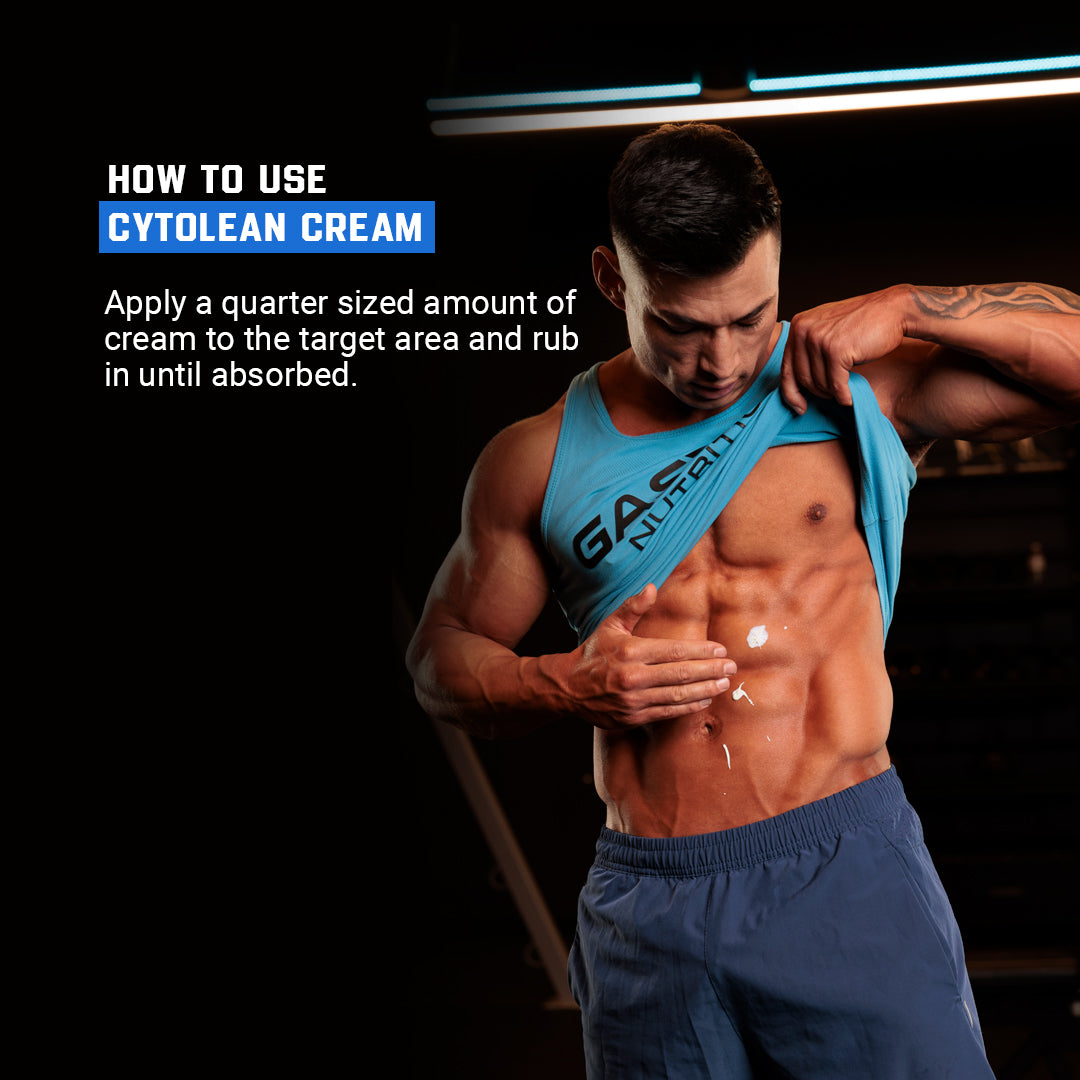
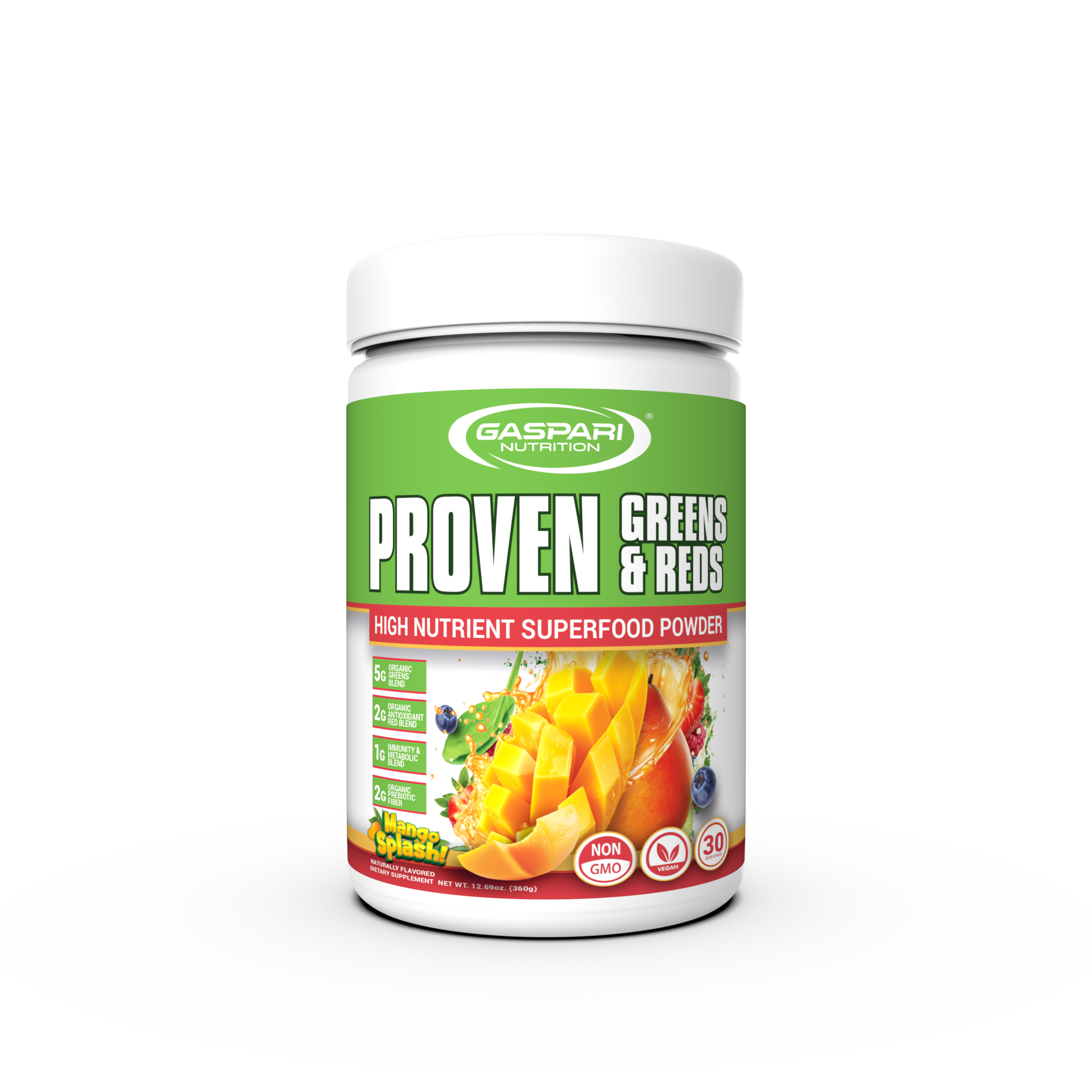
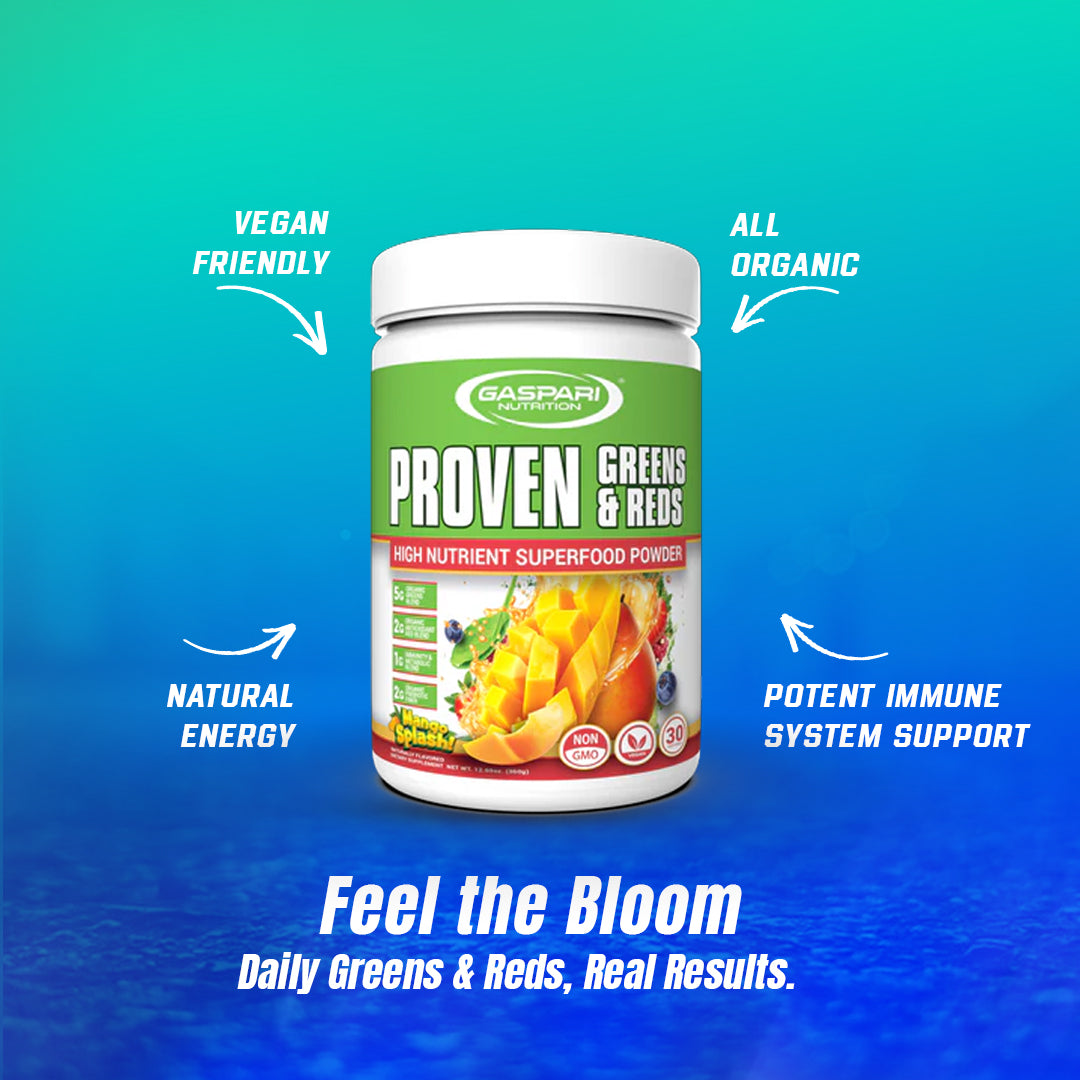
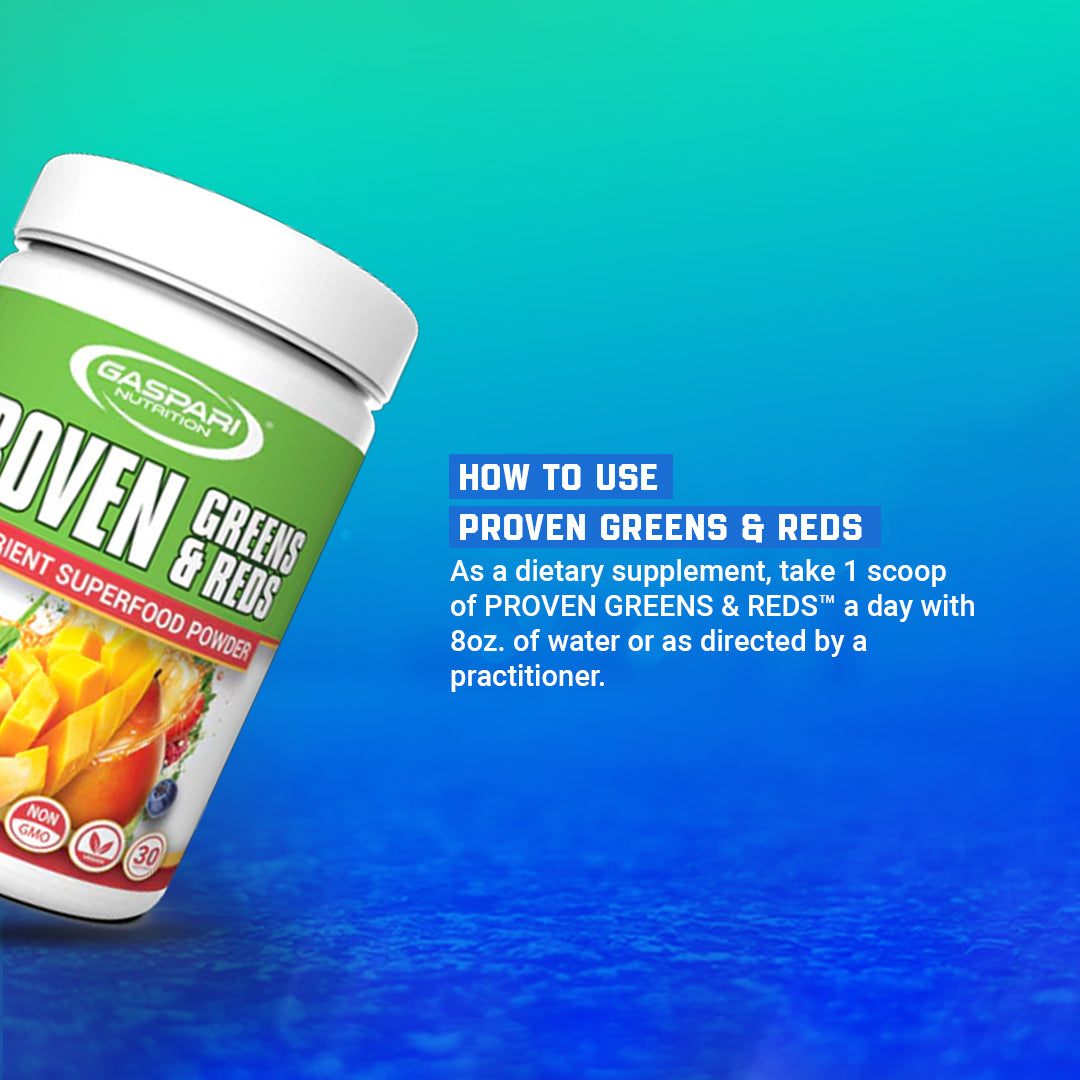



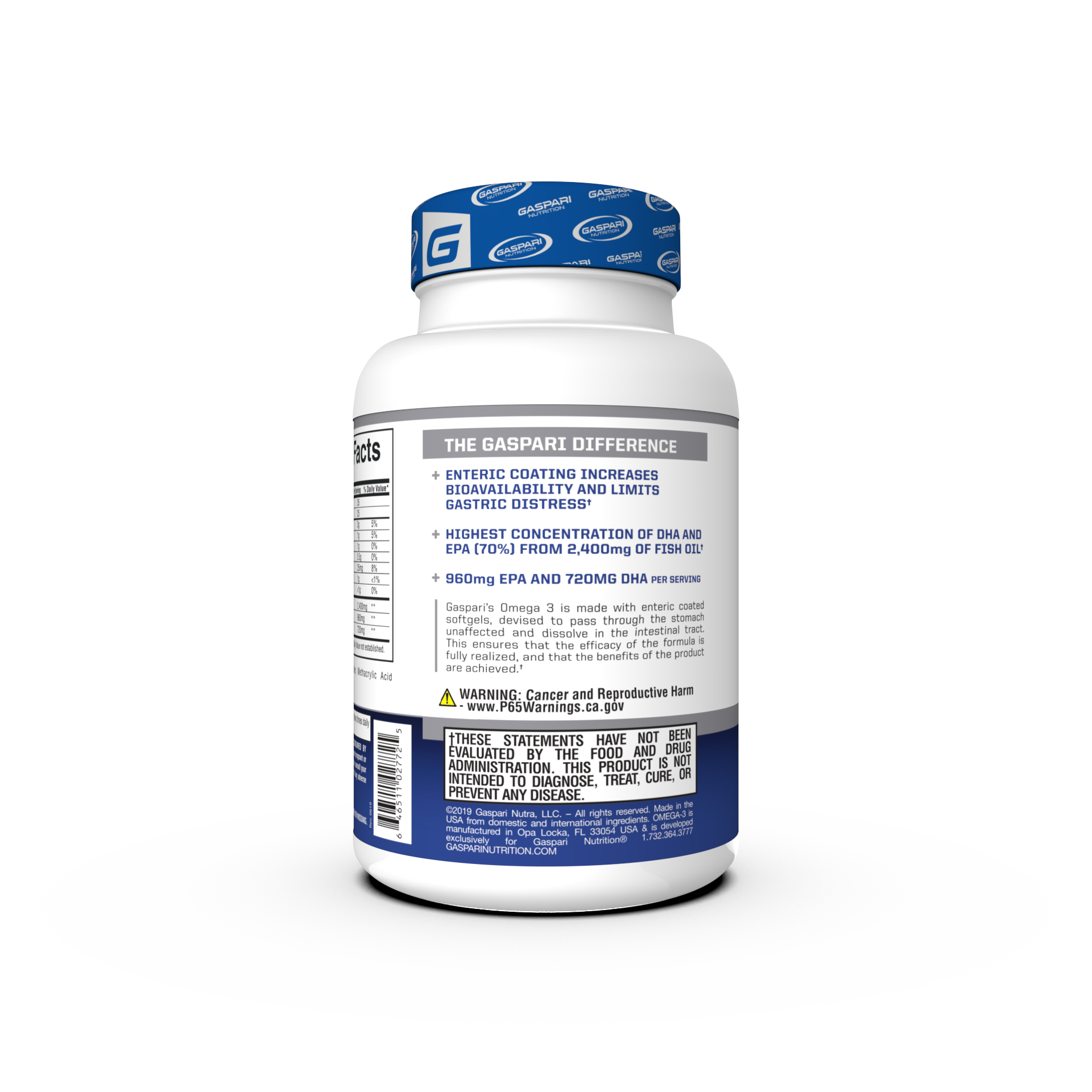
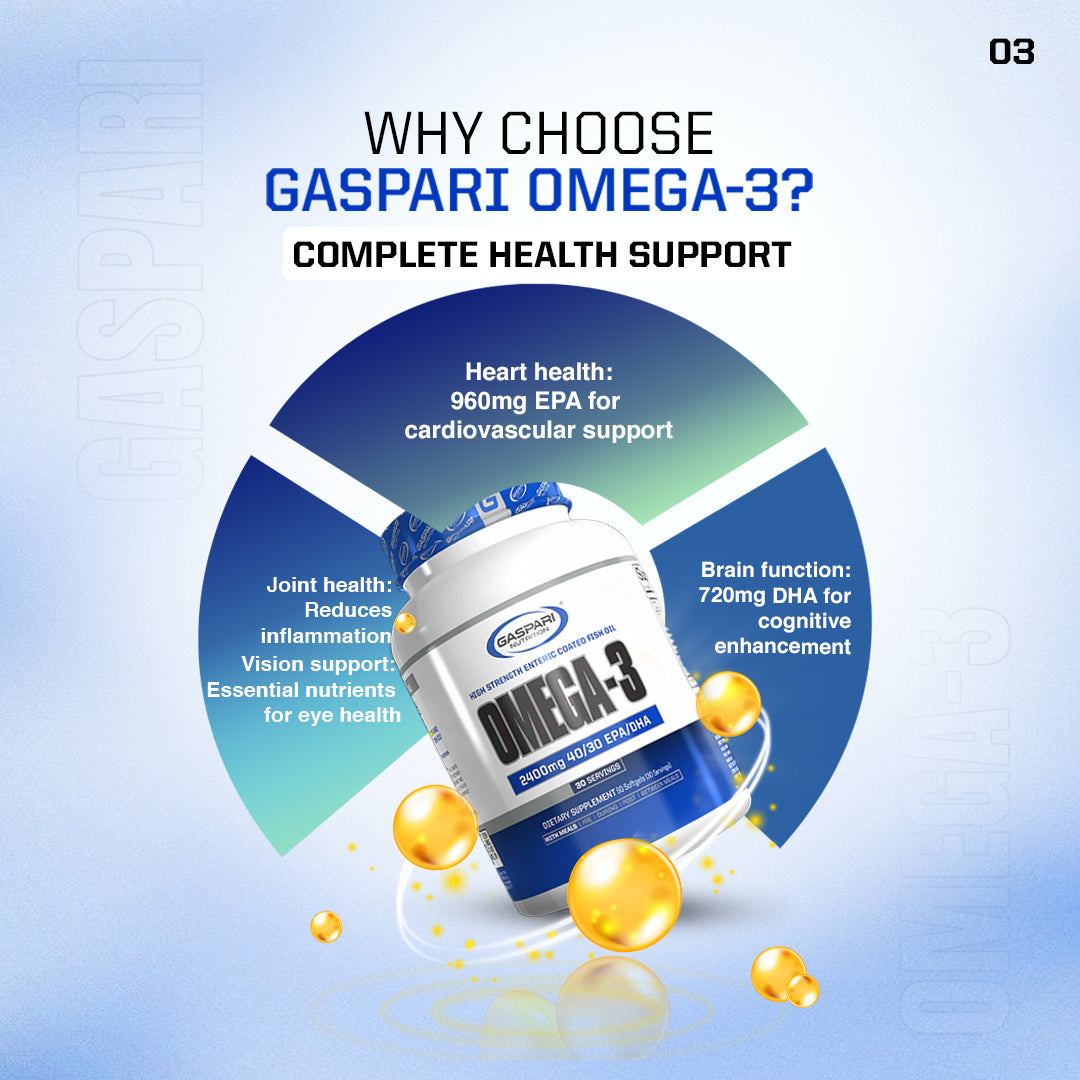
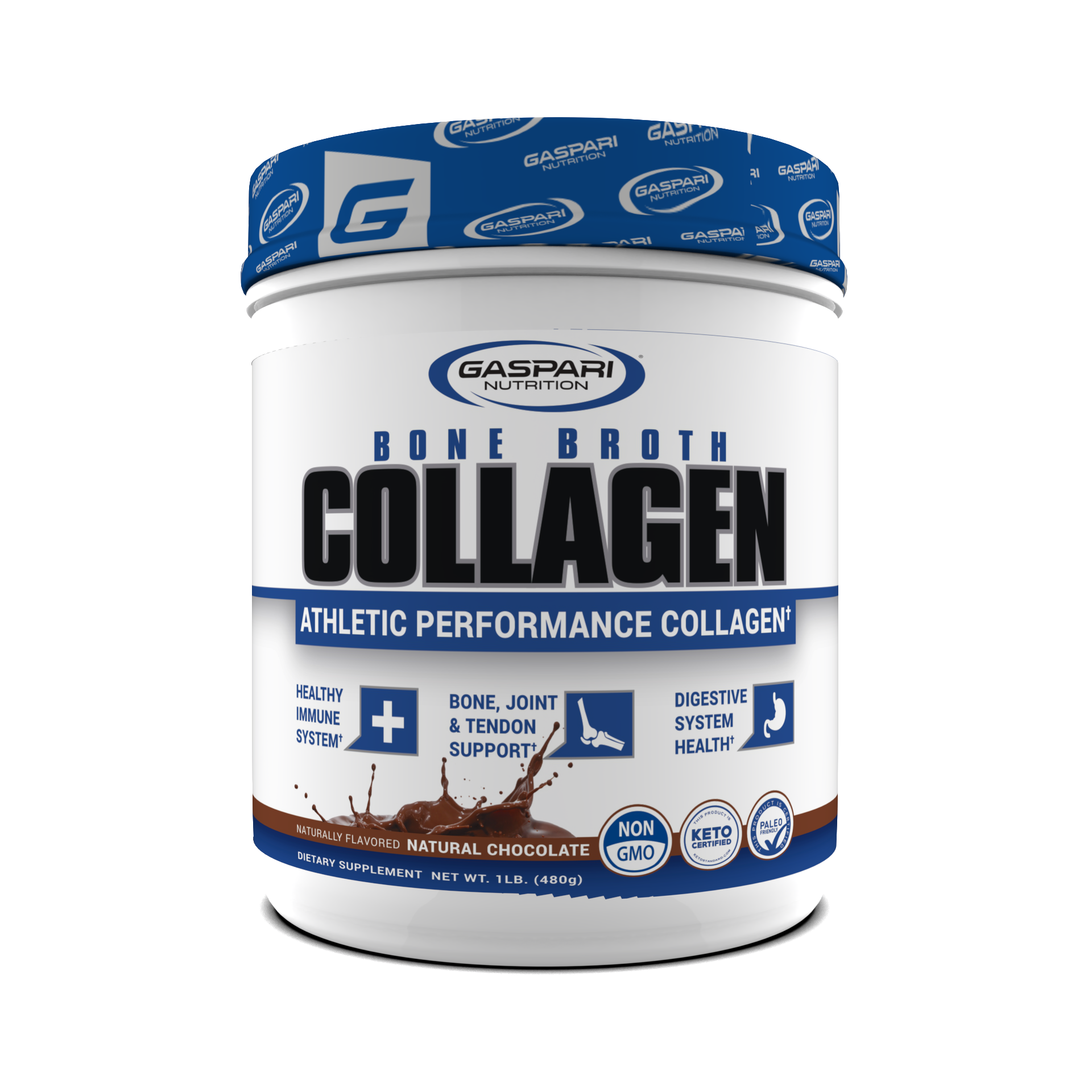
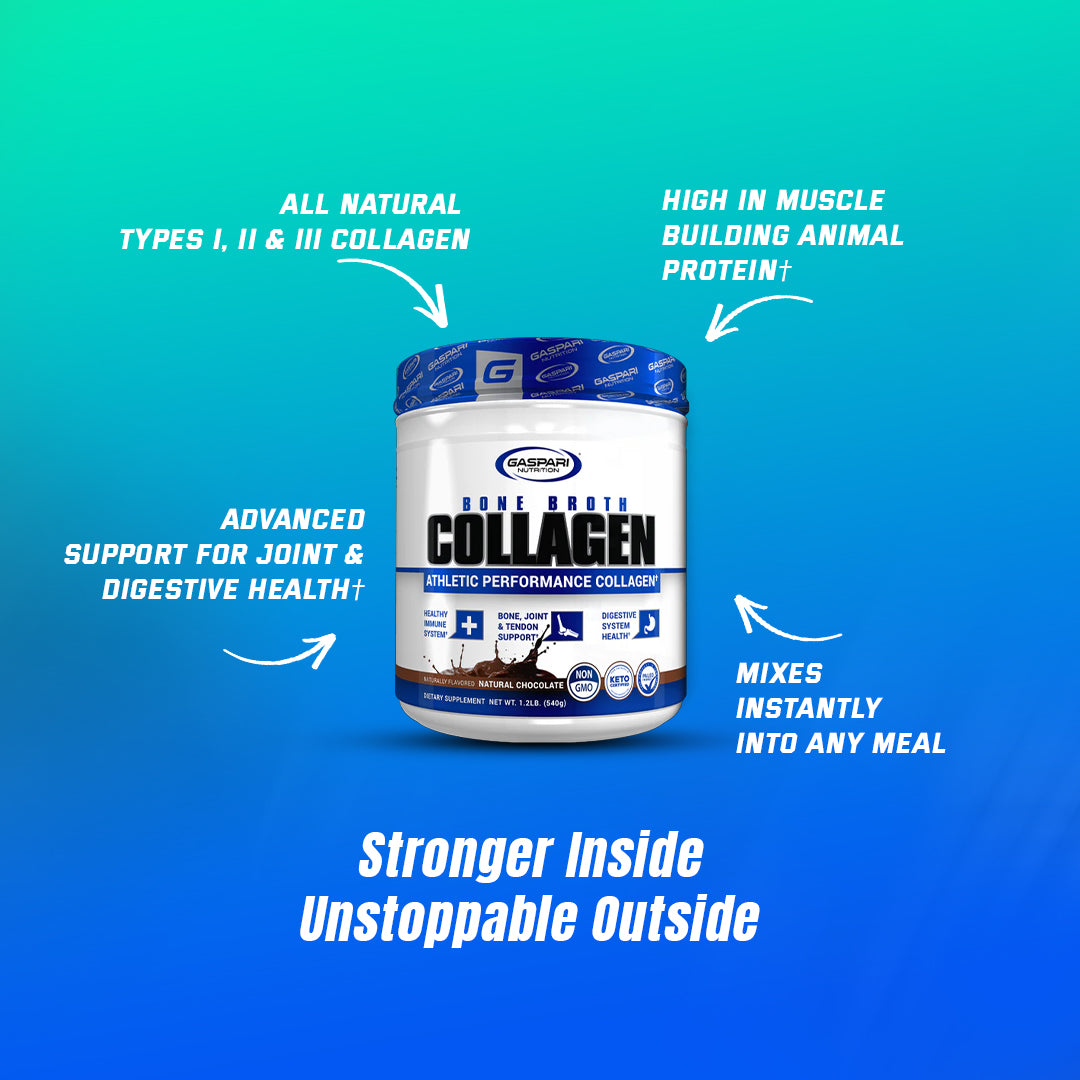

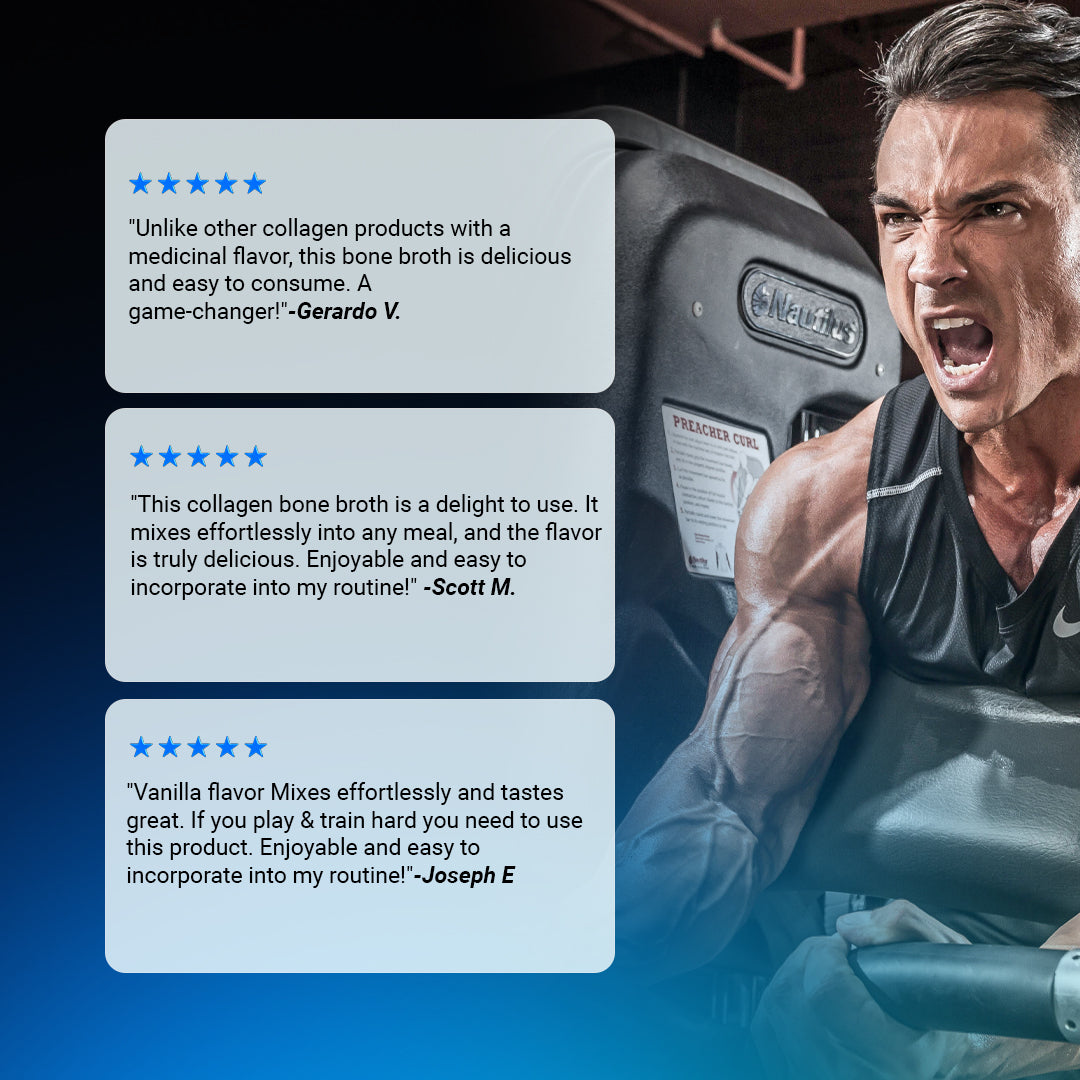

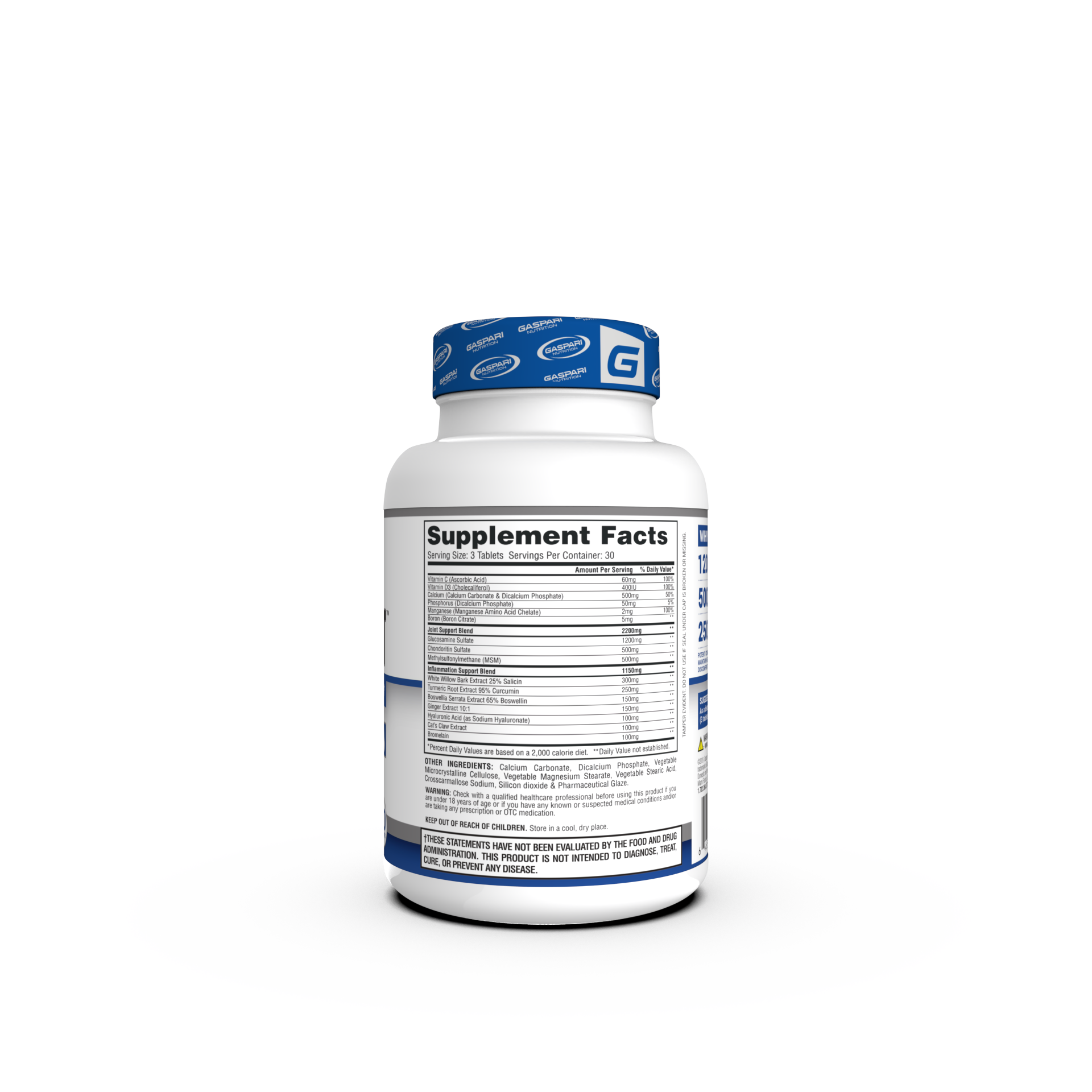
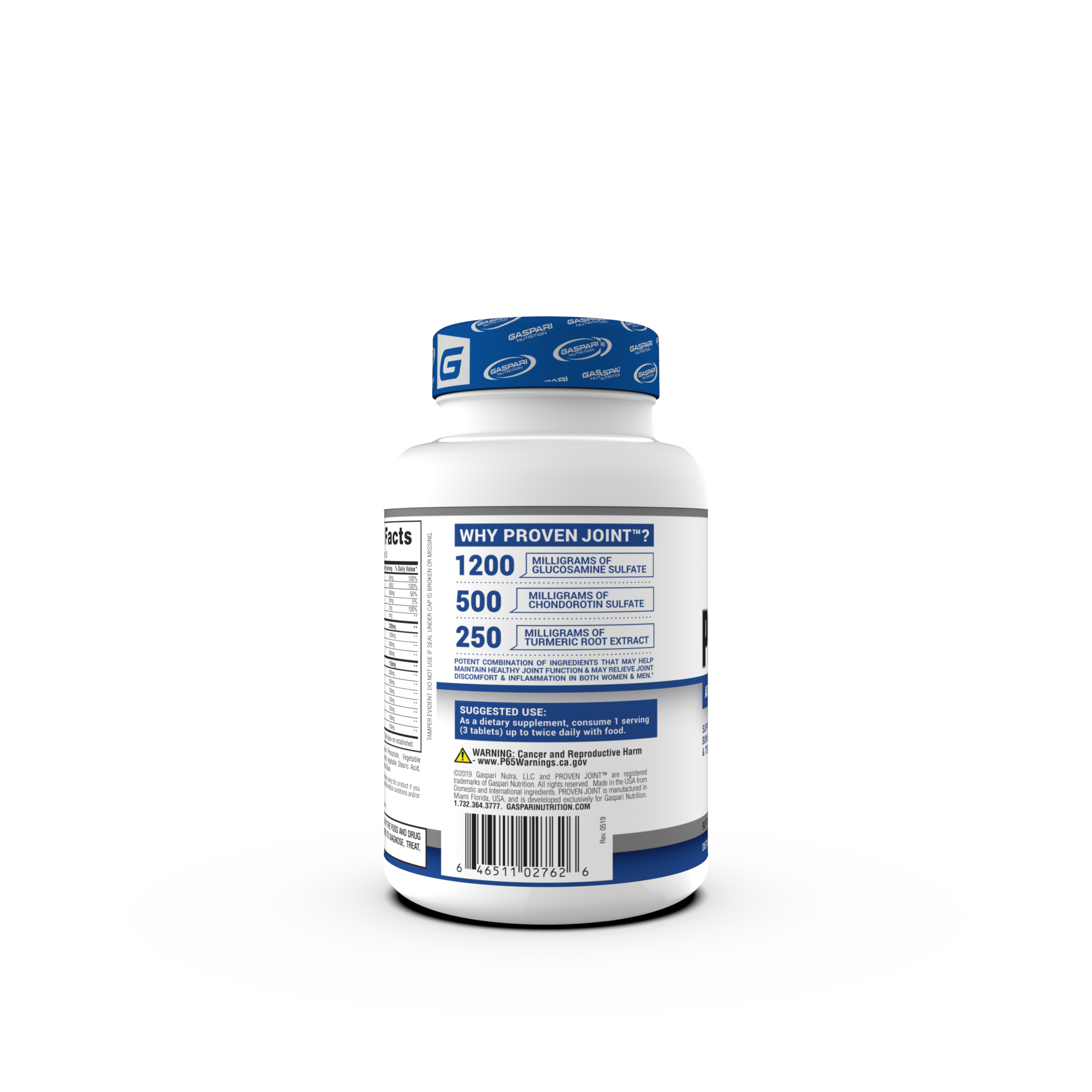

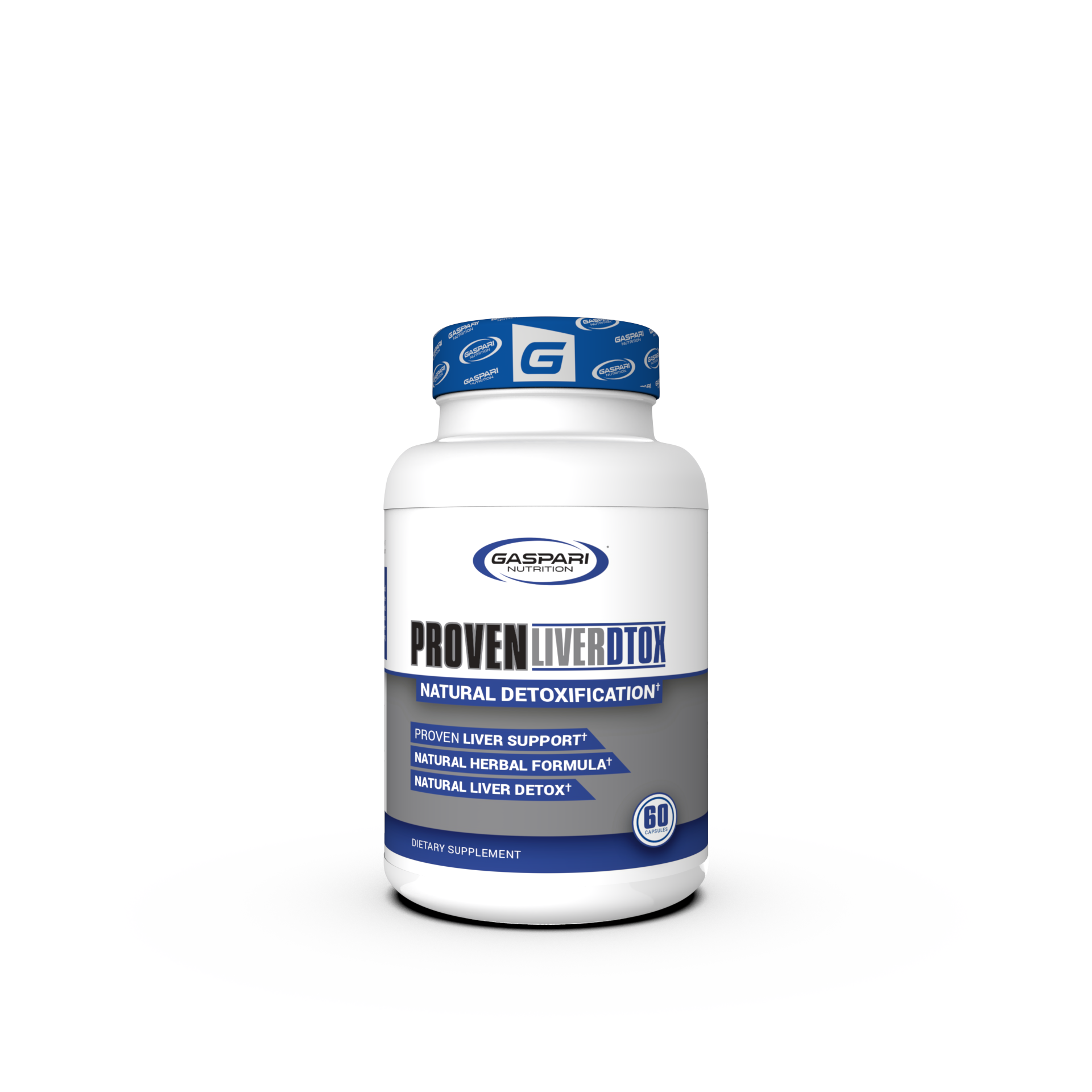
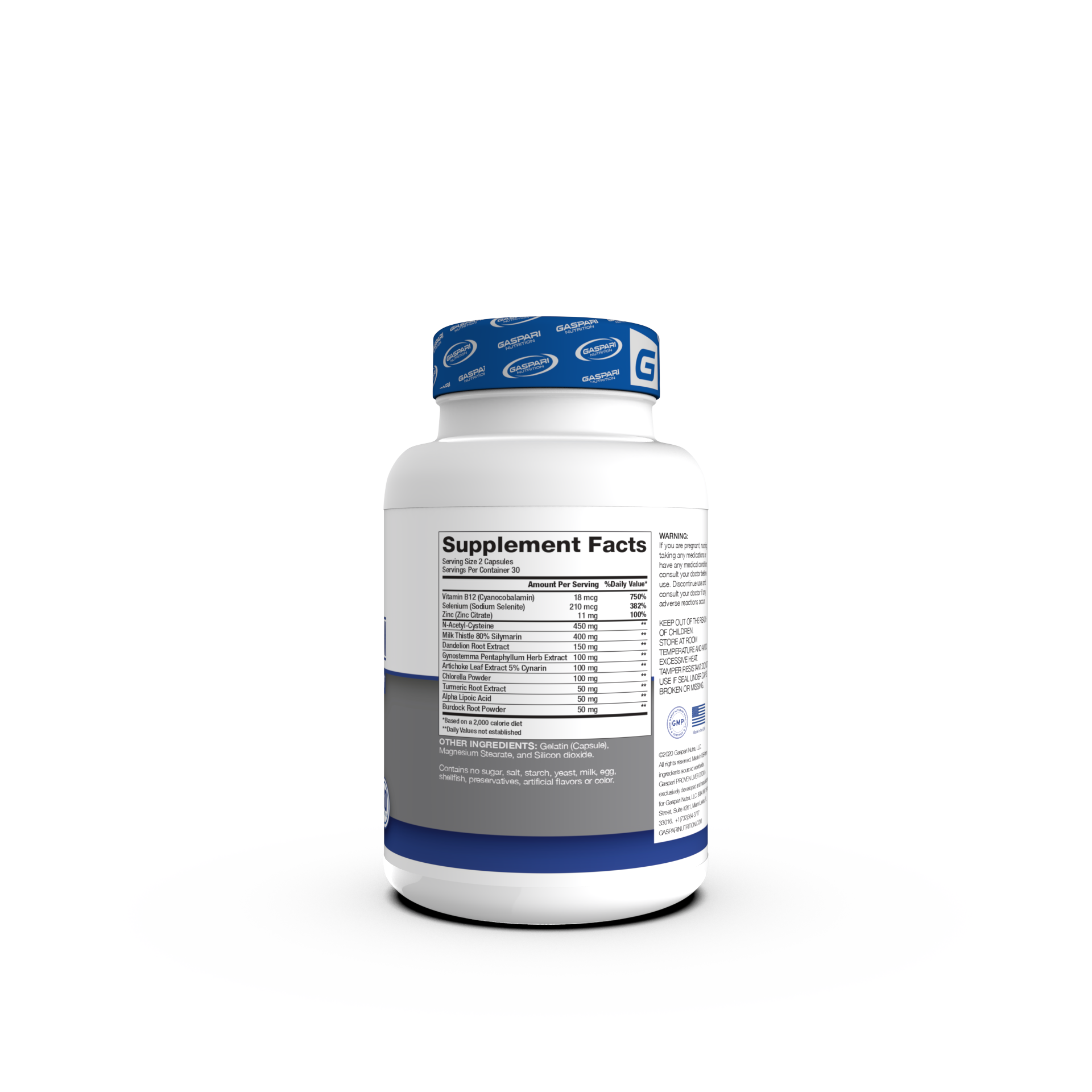
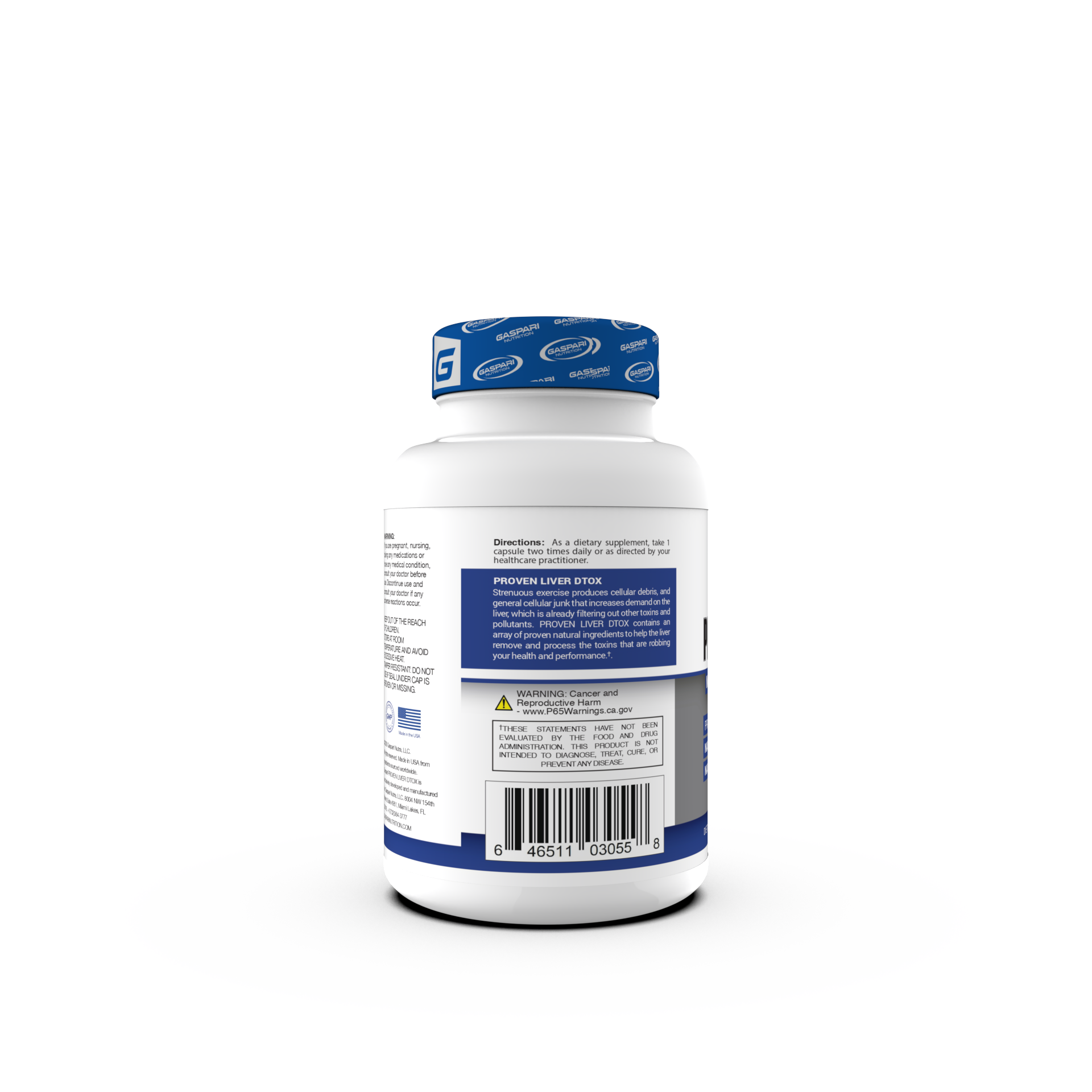

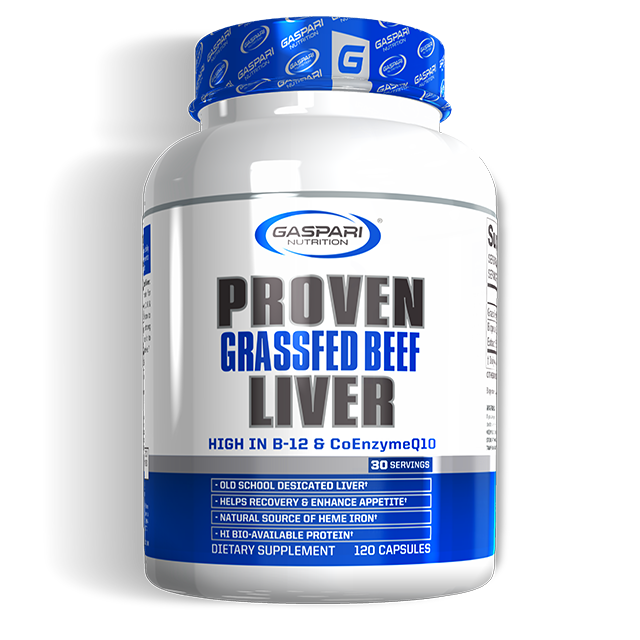

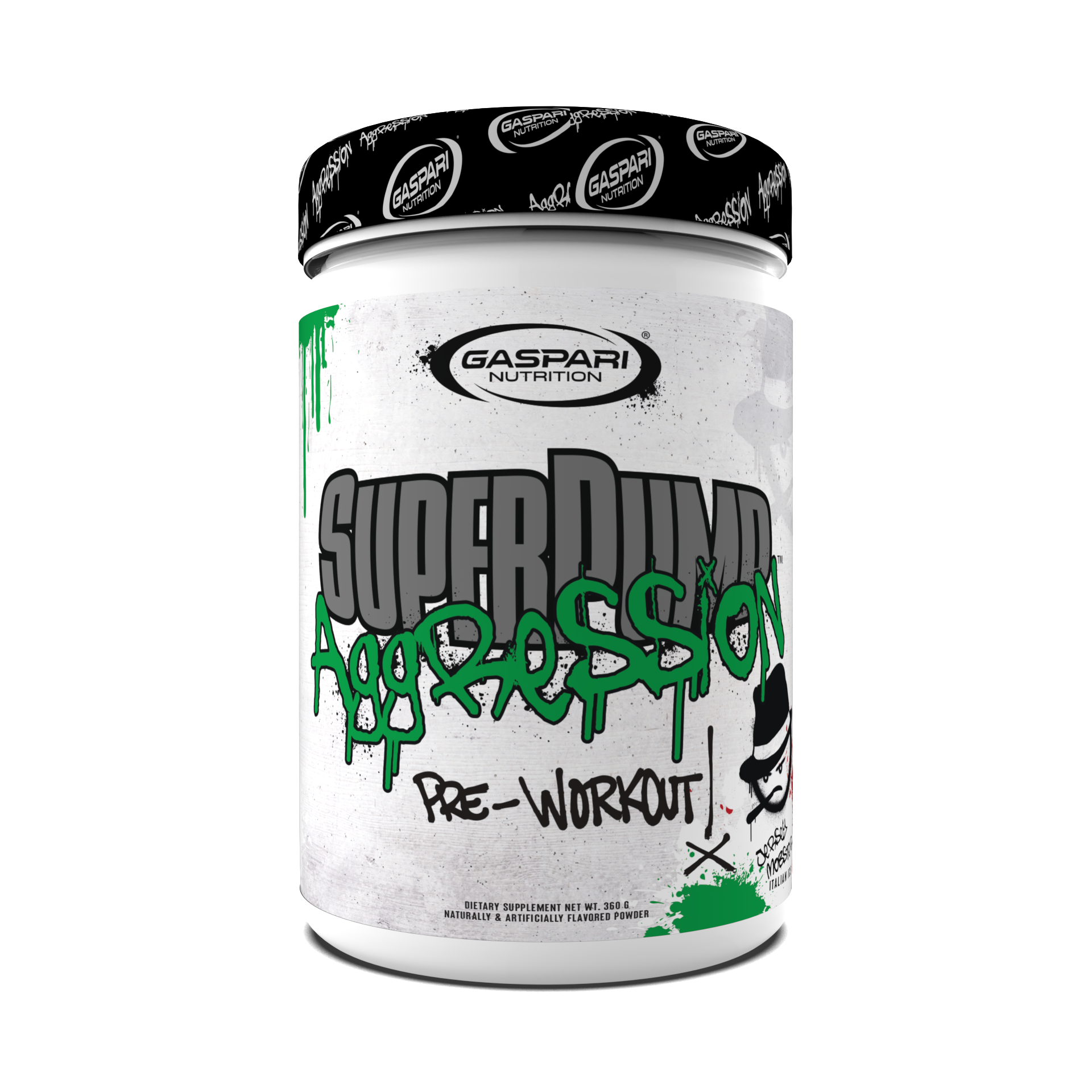
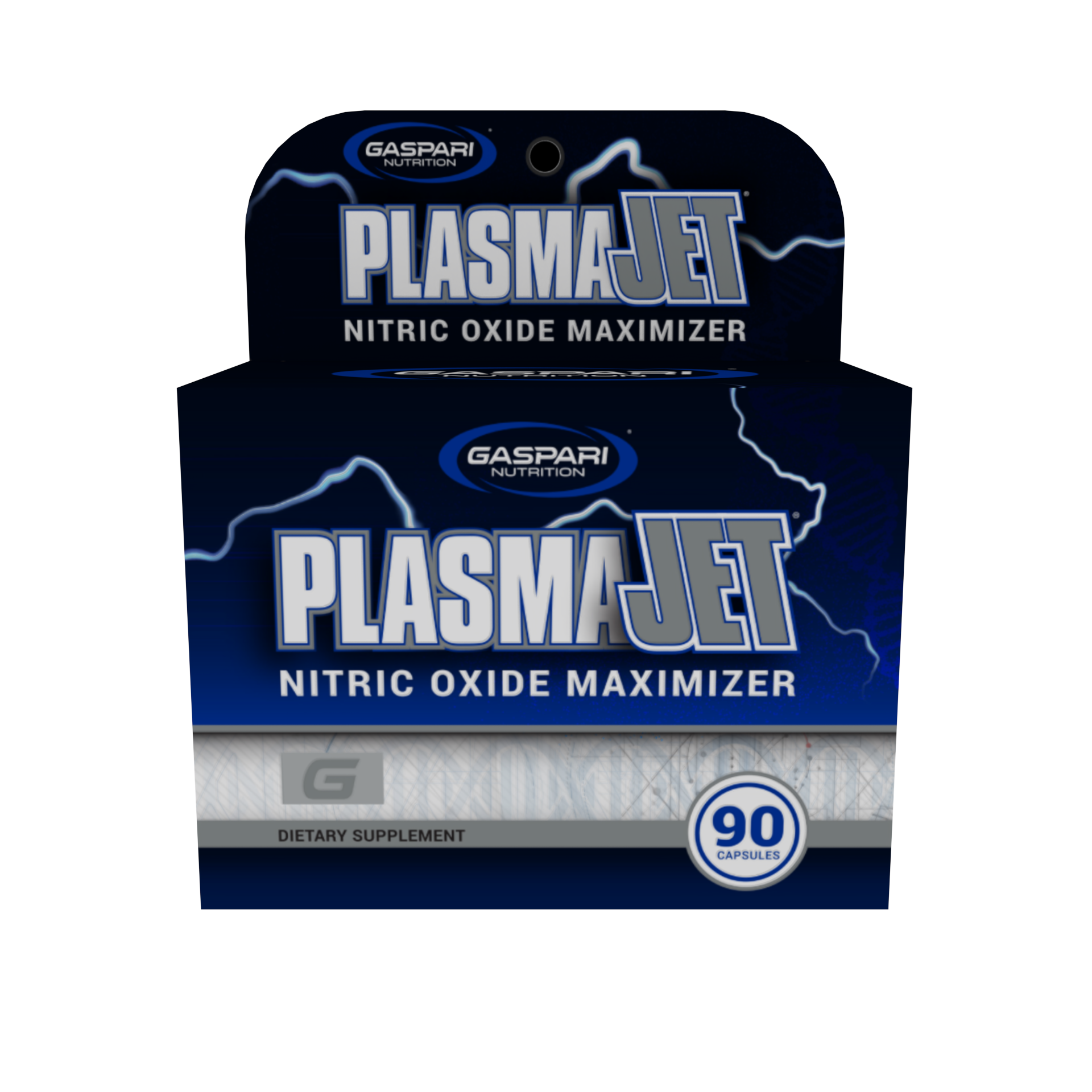


Share:
Fuel Your Gains: The Ultimate Diet Plan for Strength Training
Vitamins and Muscle Growth: Essential Nutrients for Strength